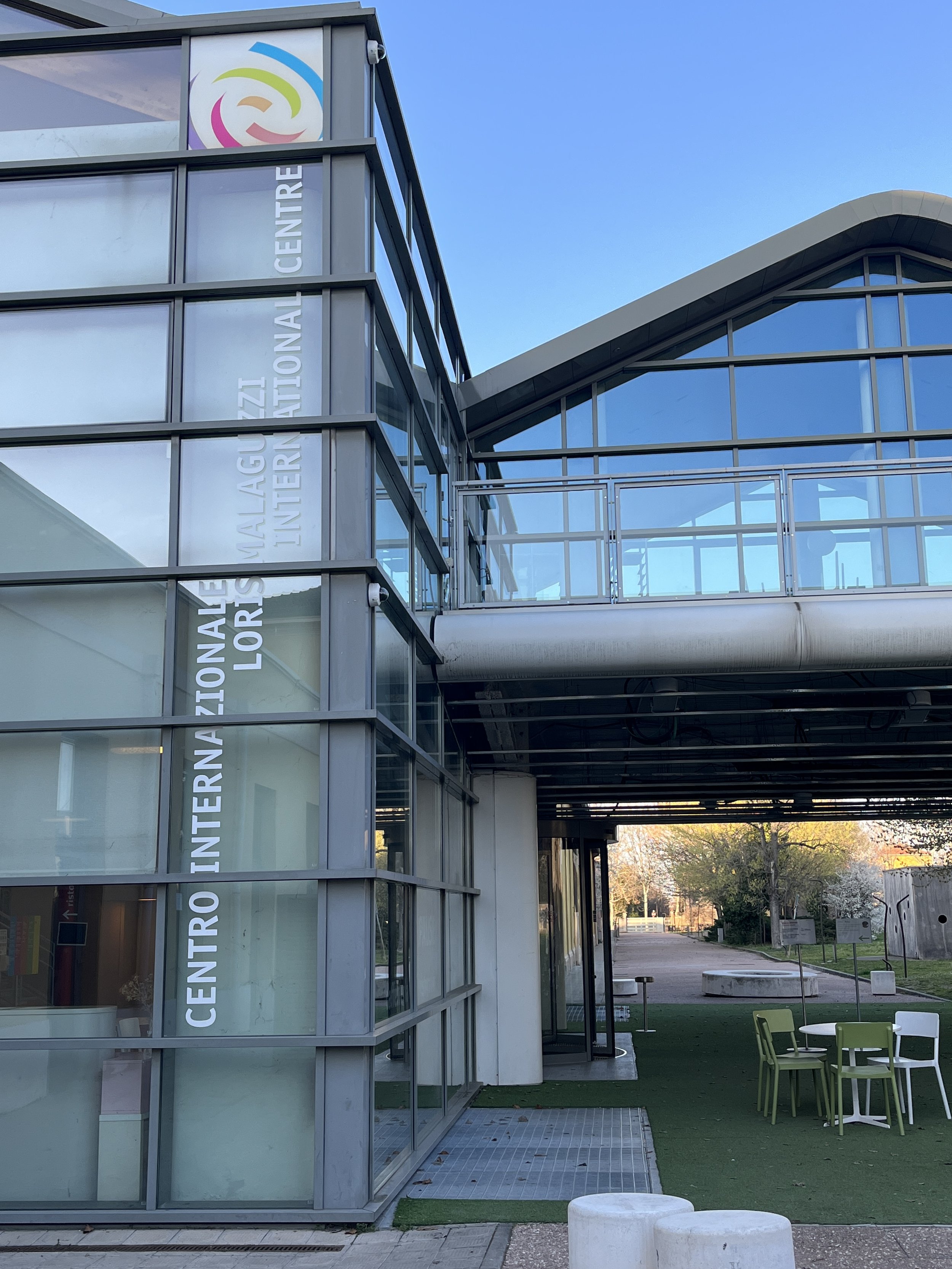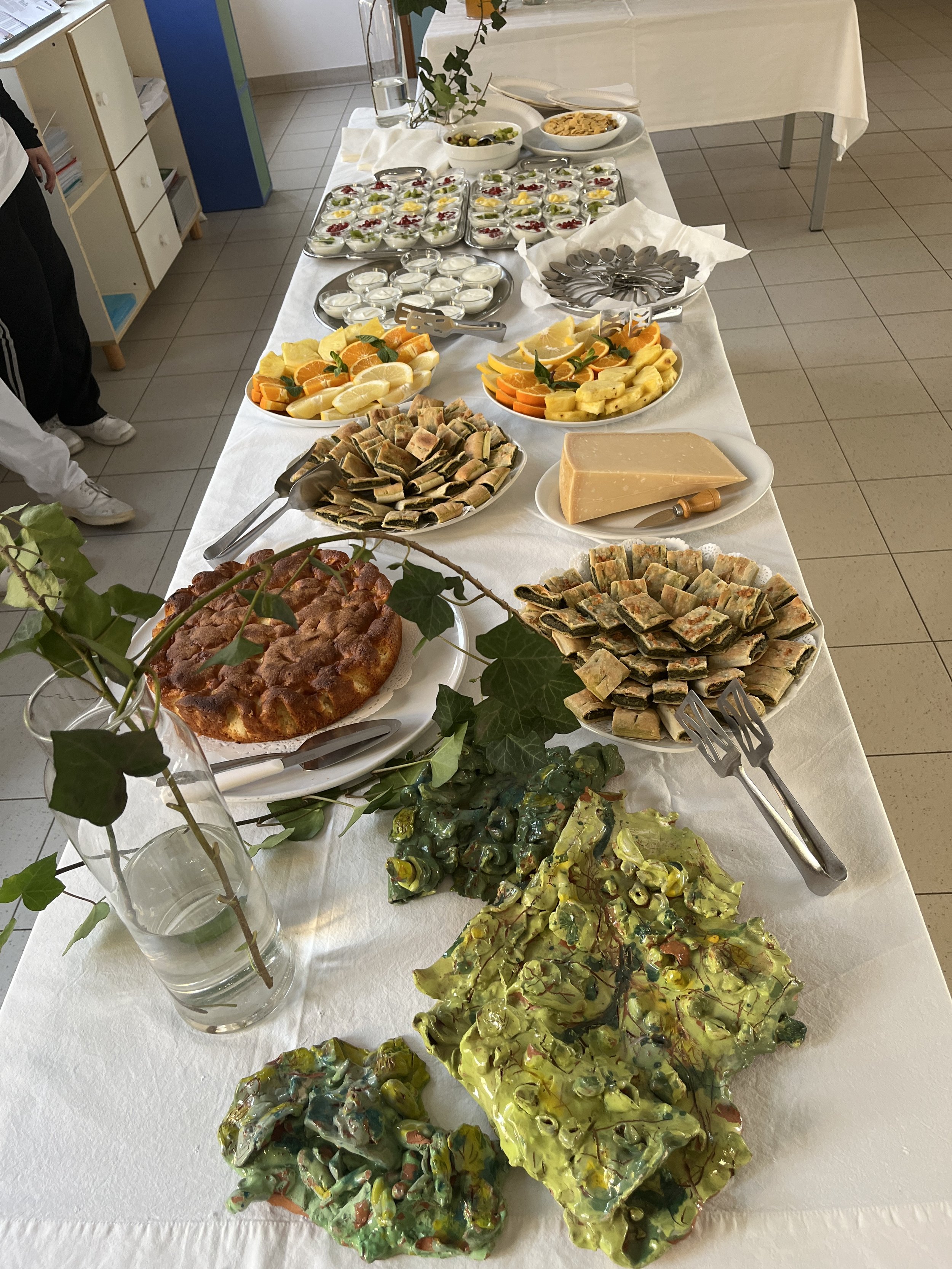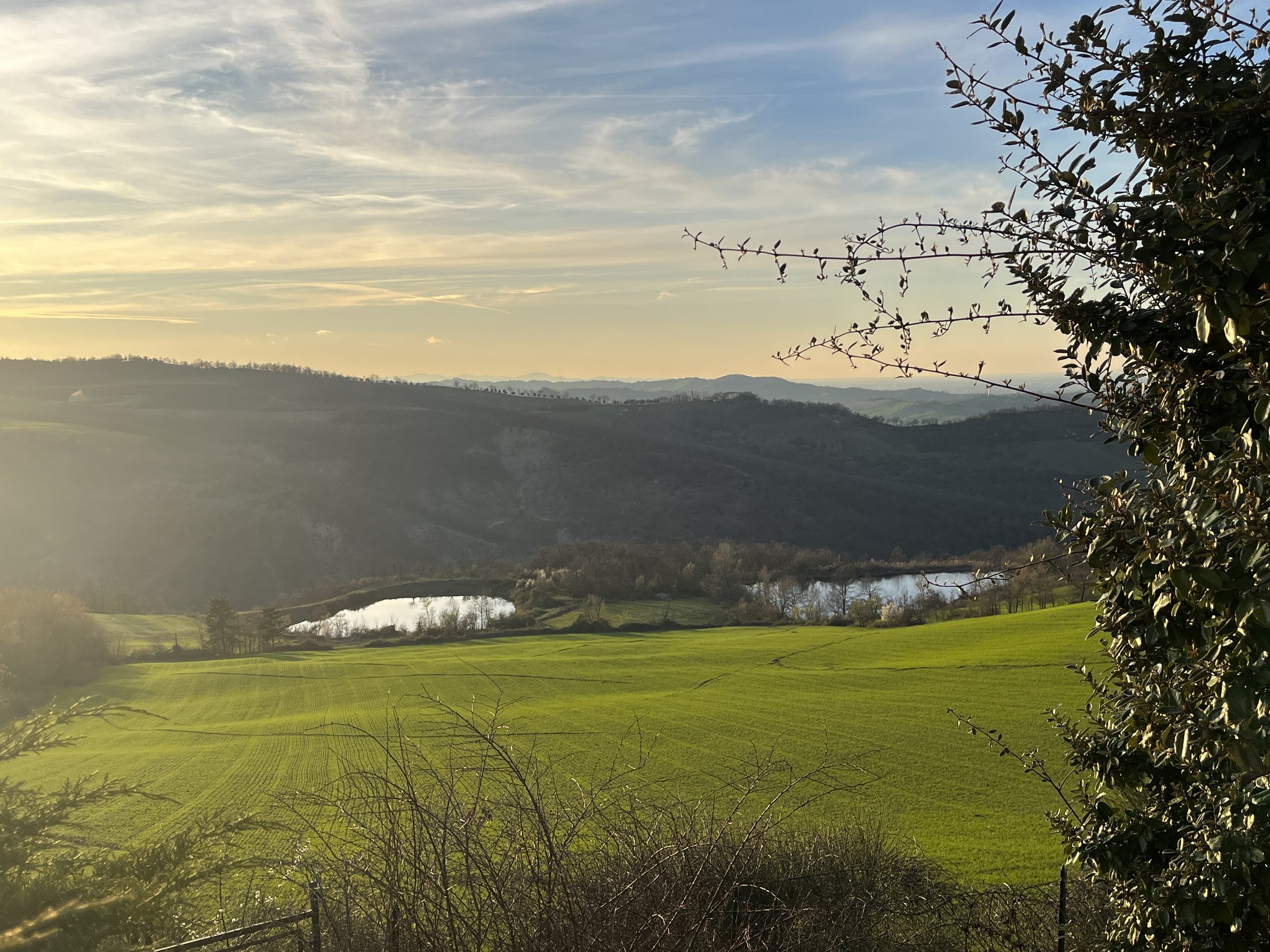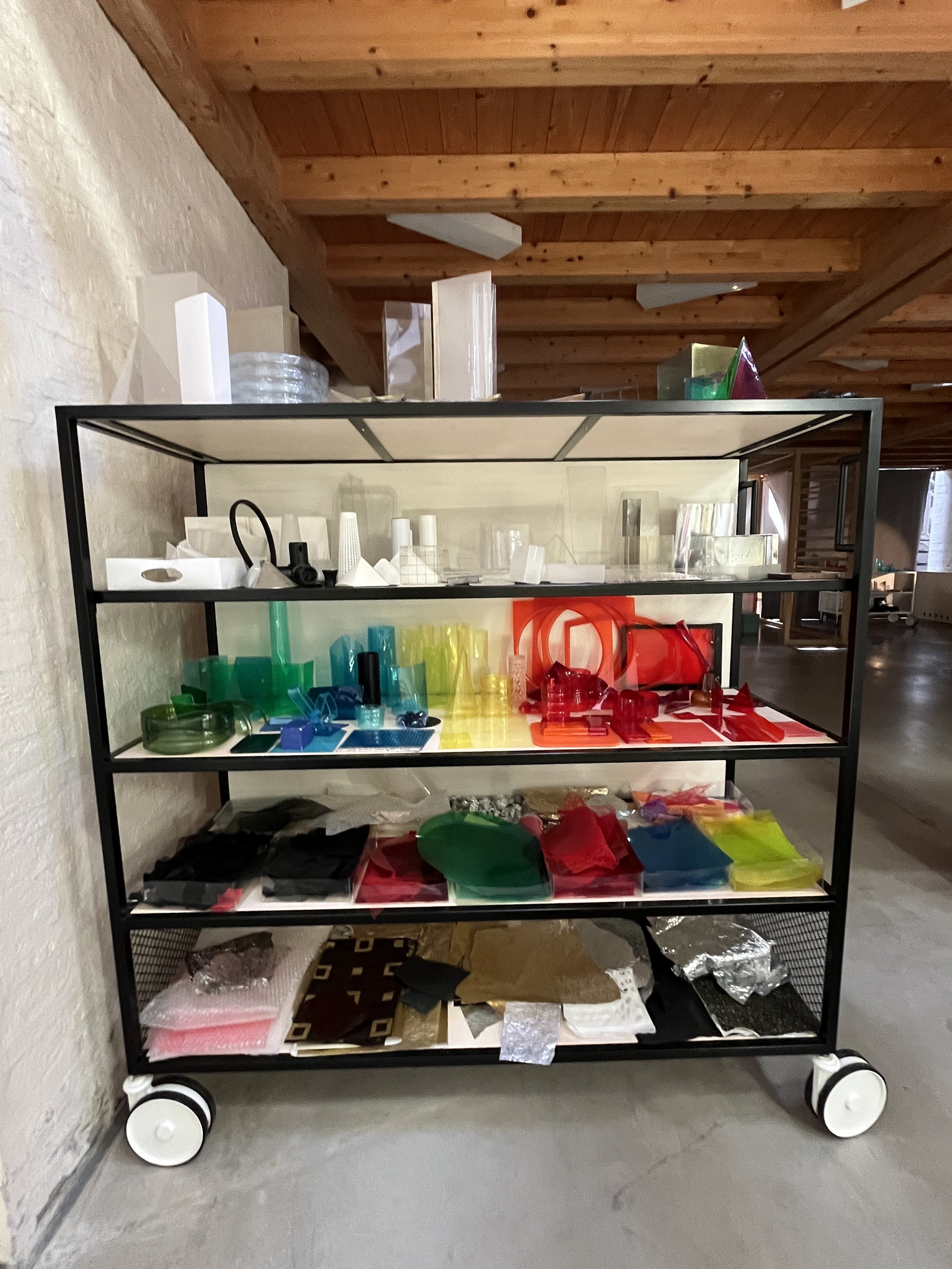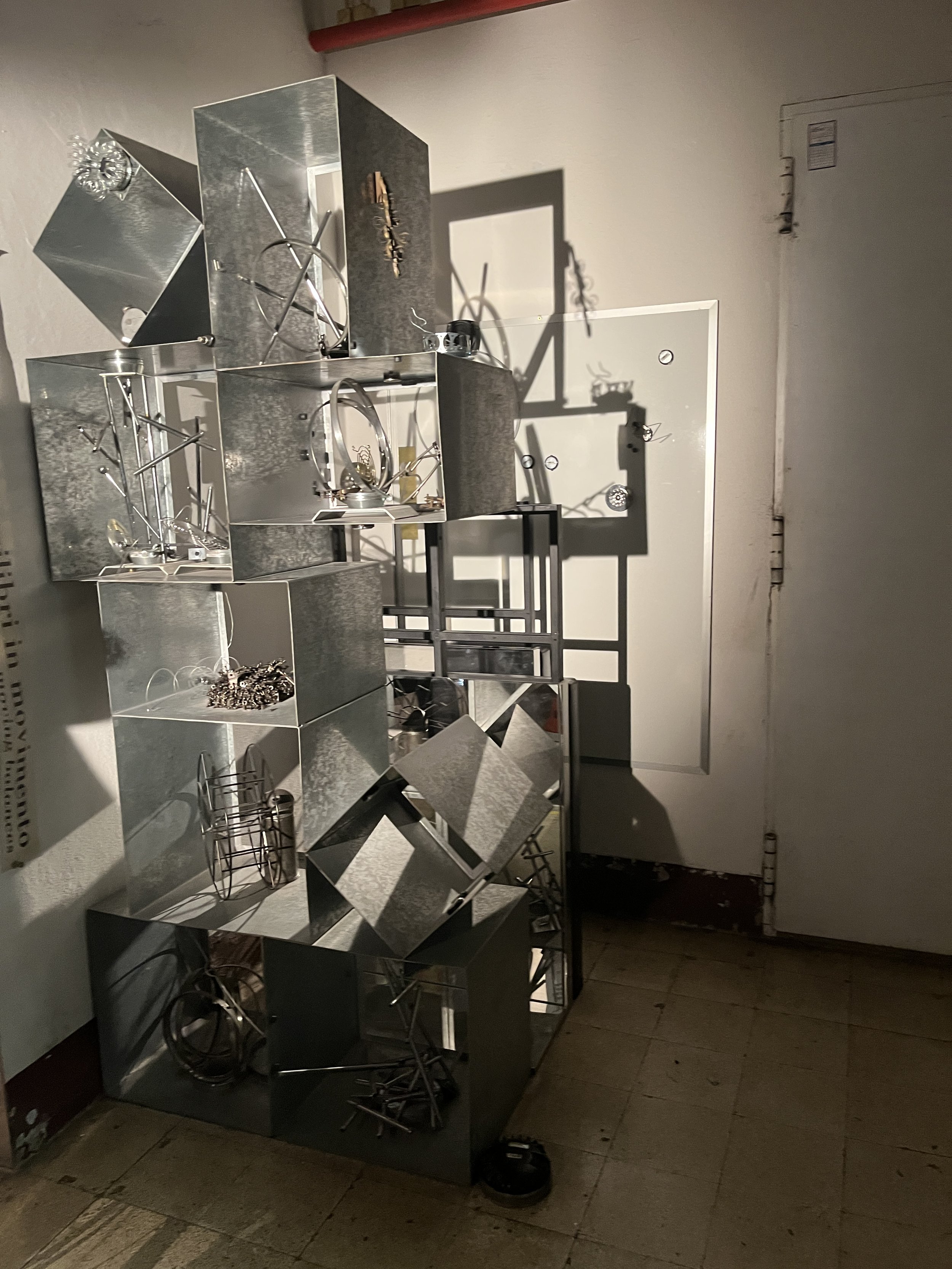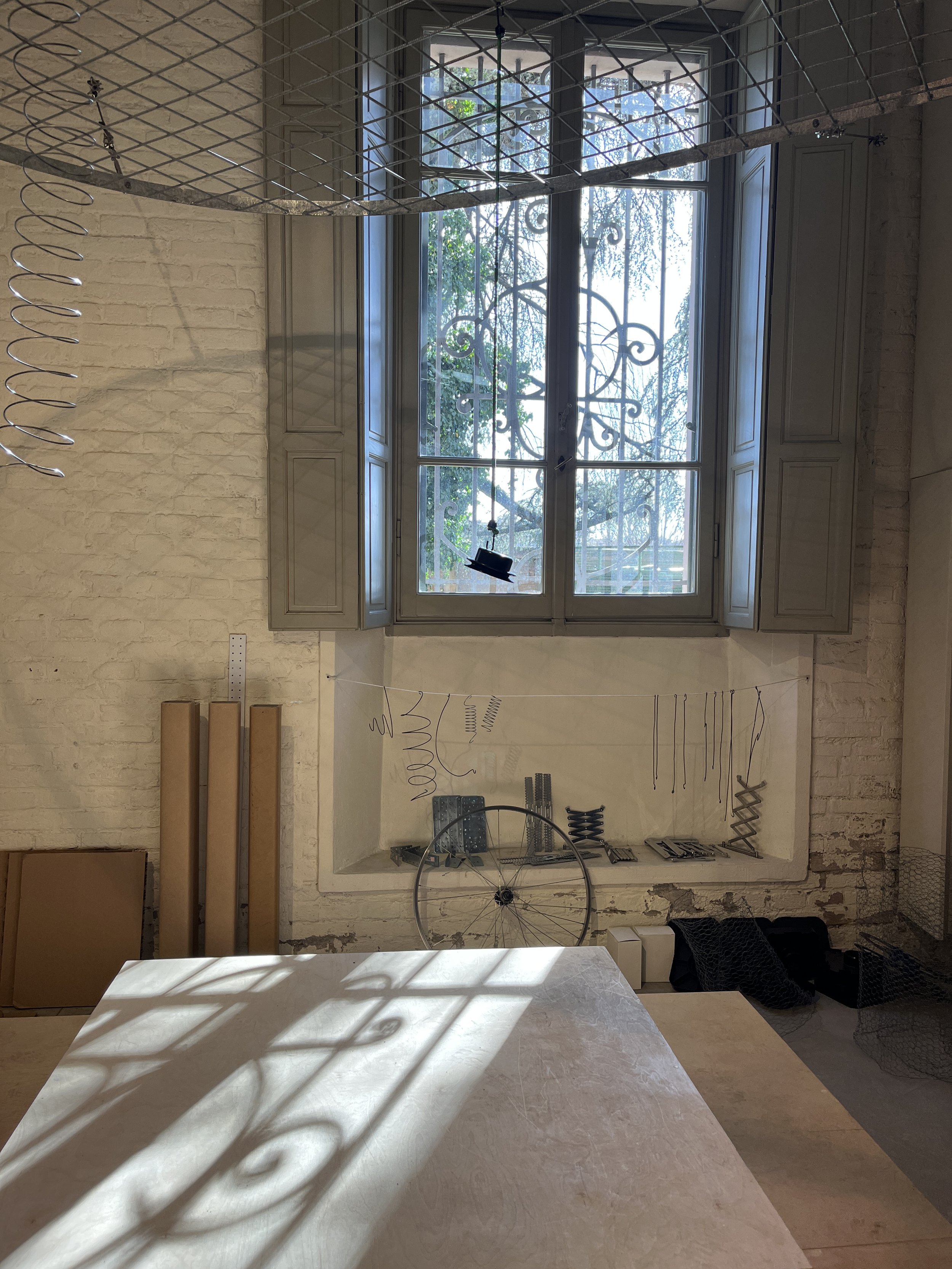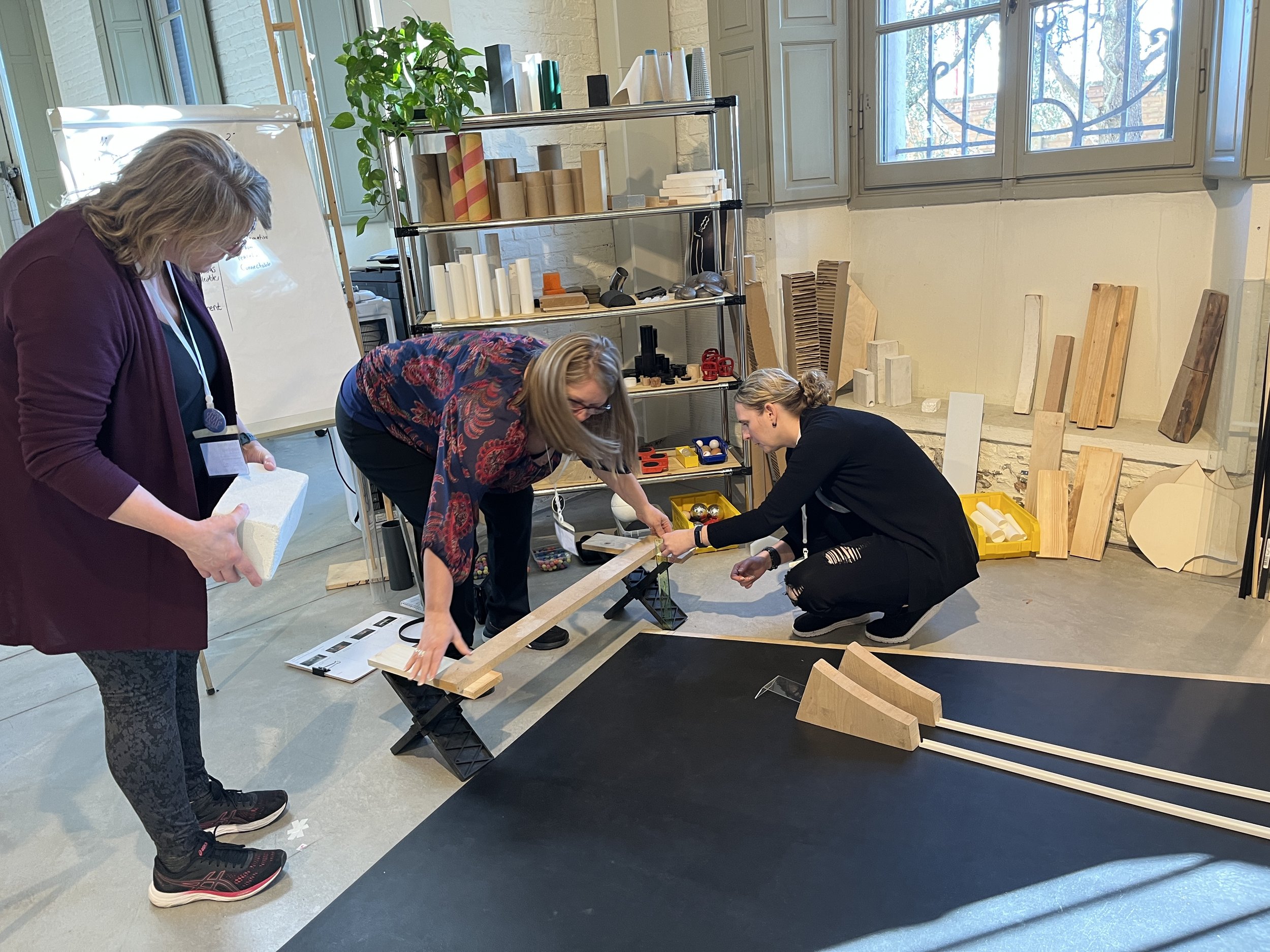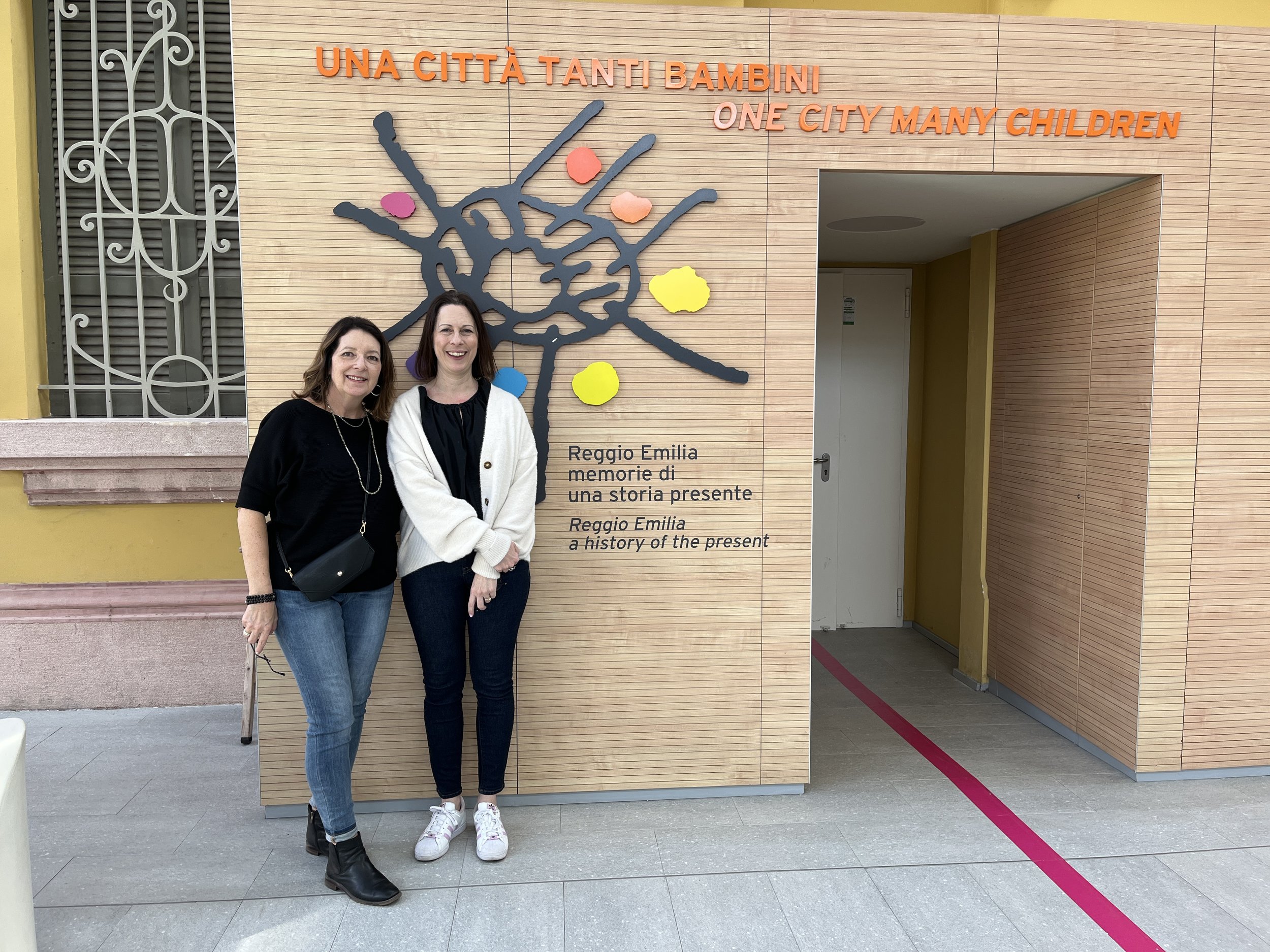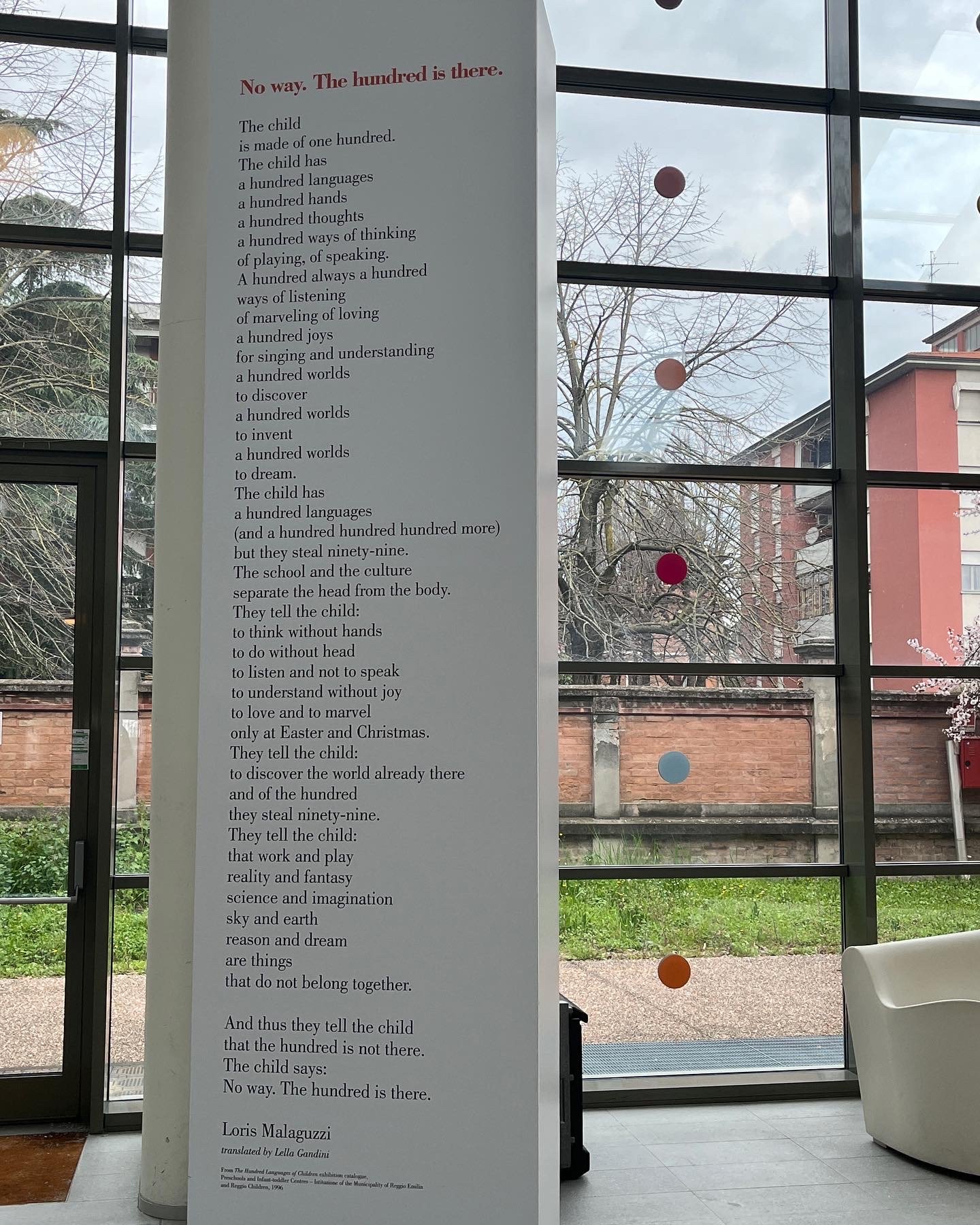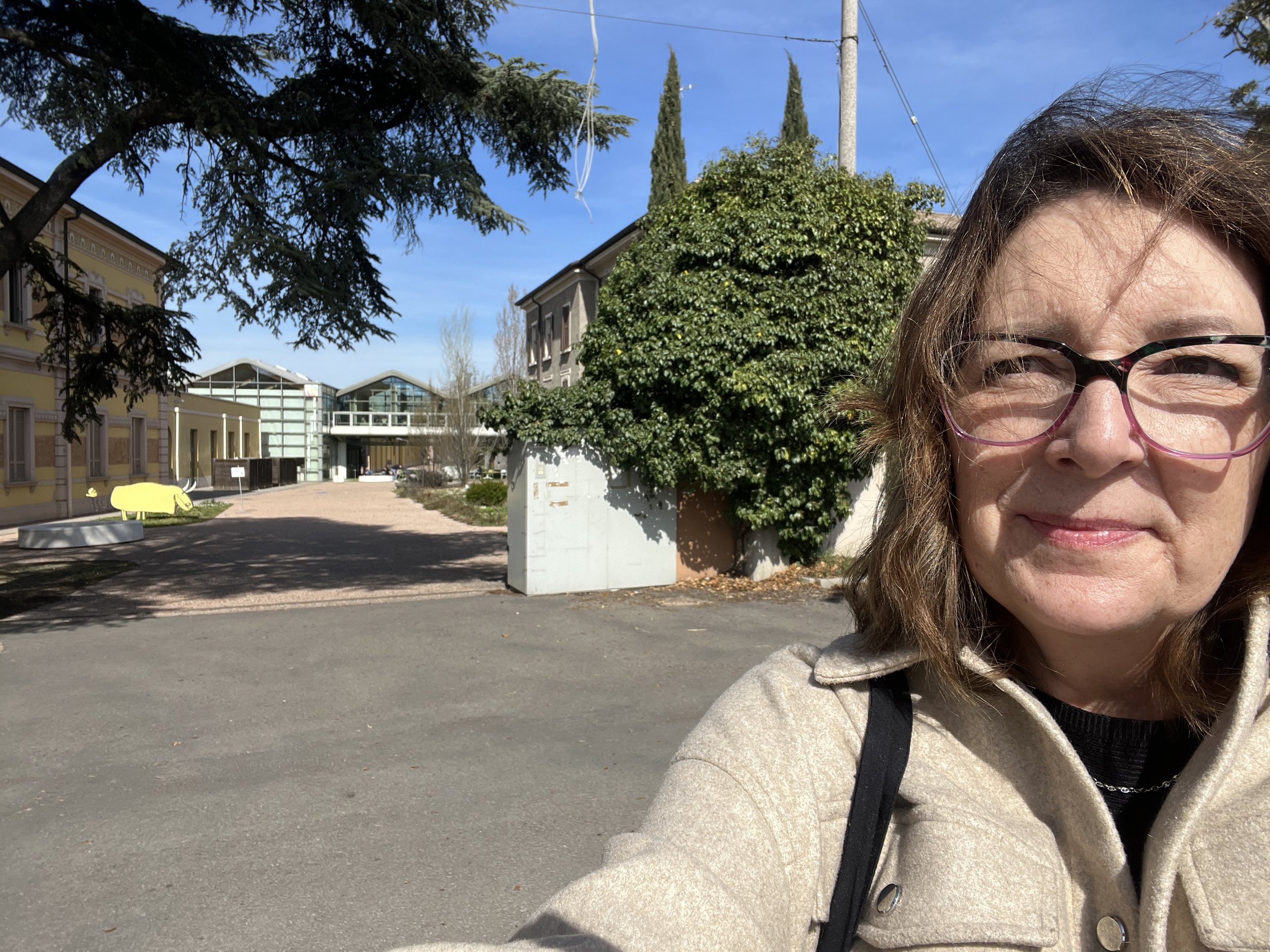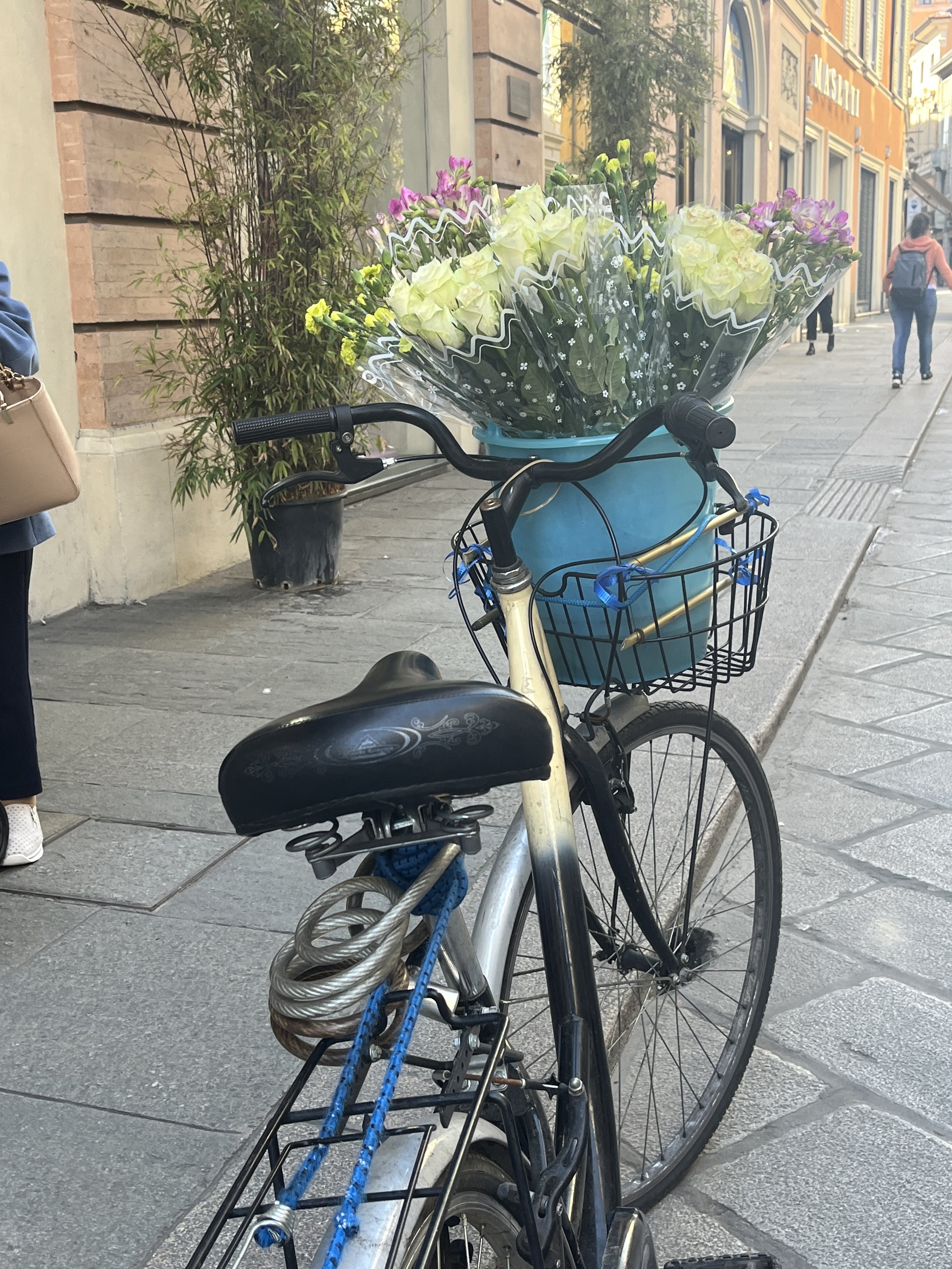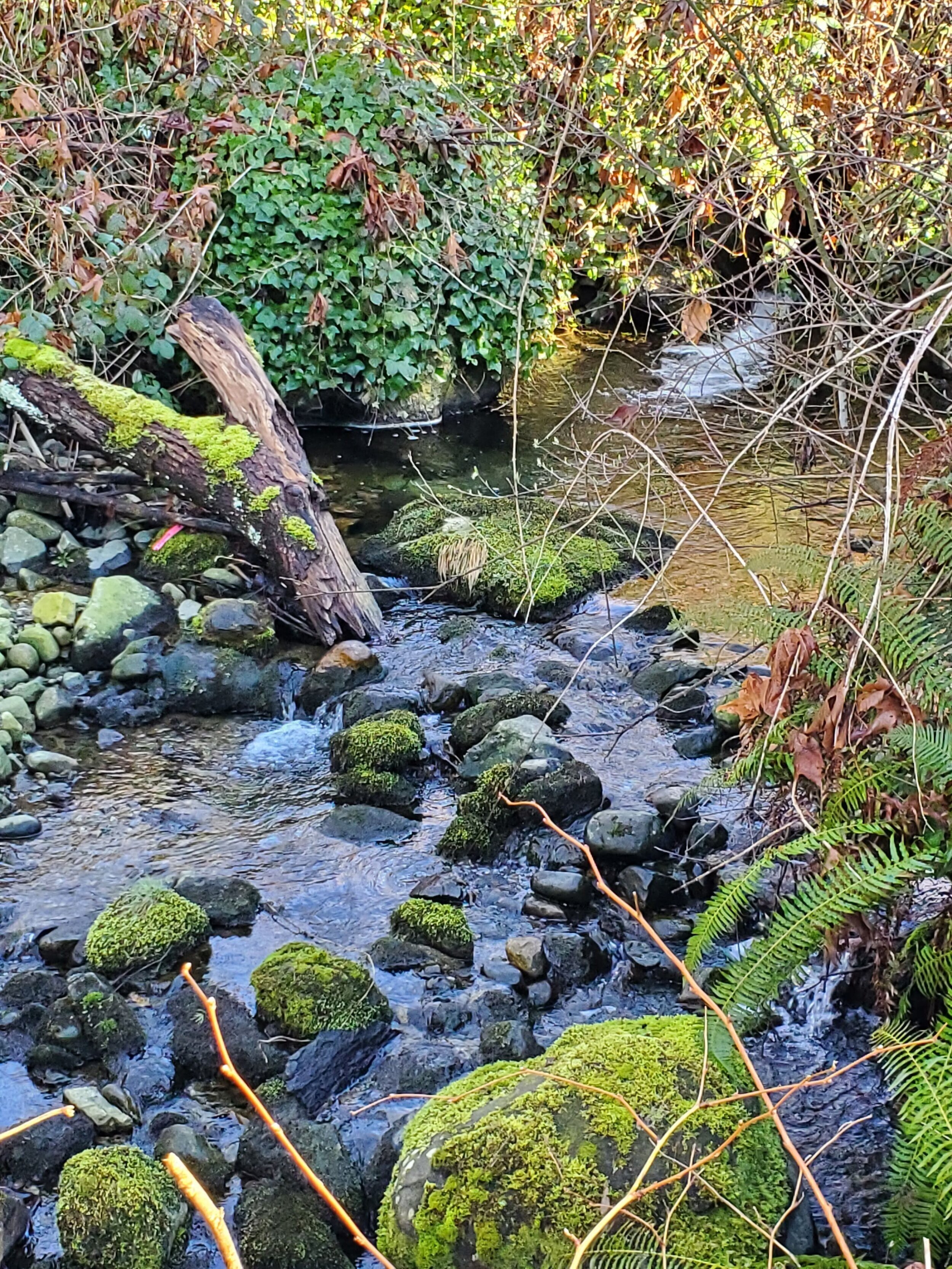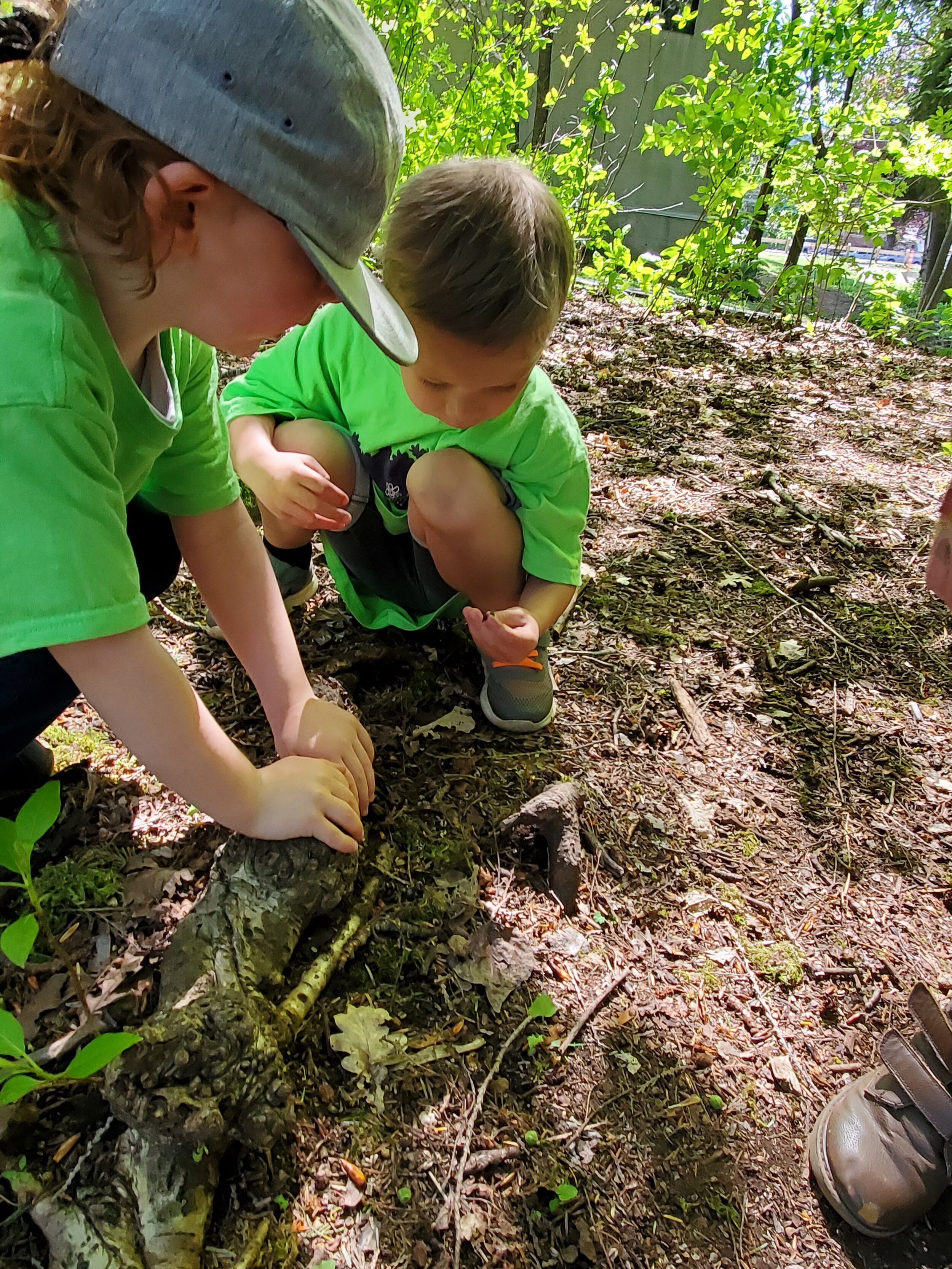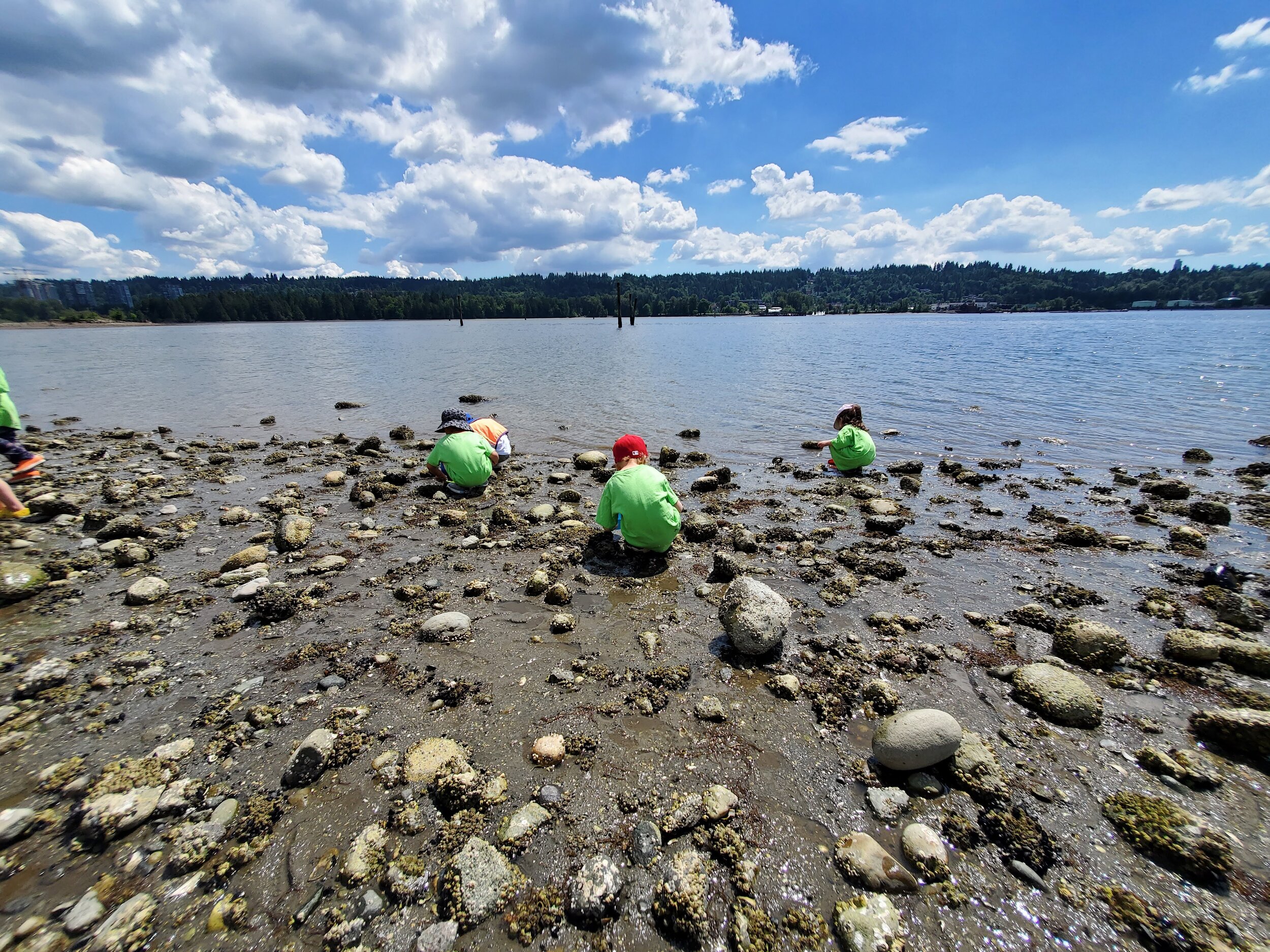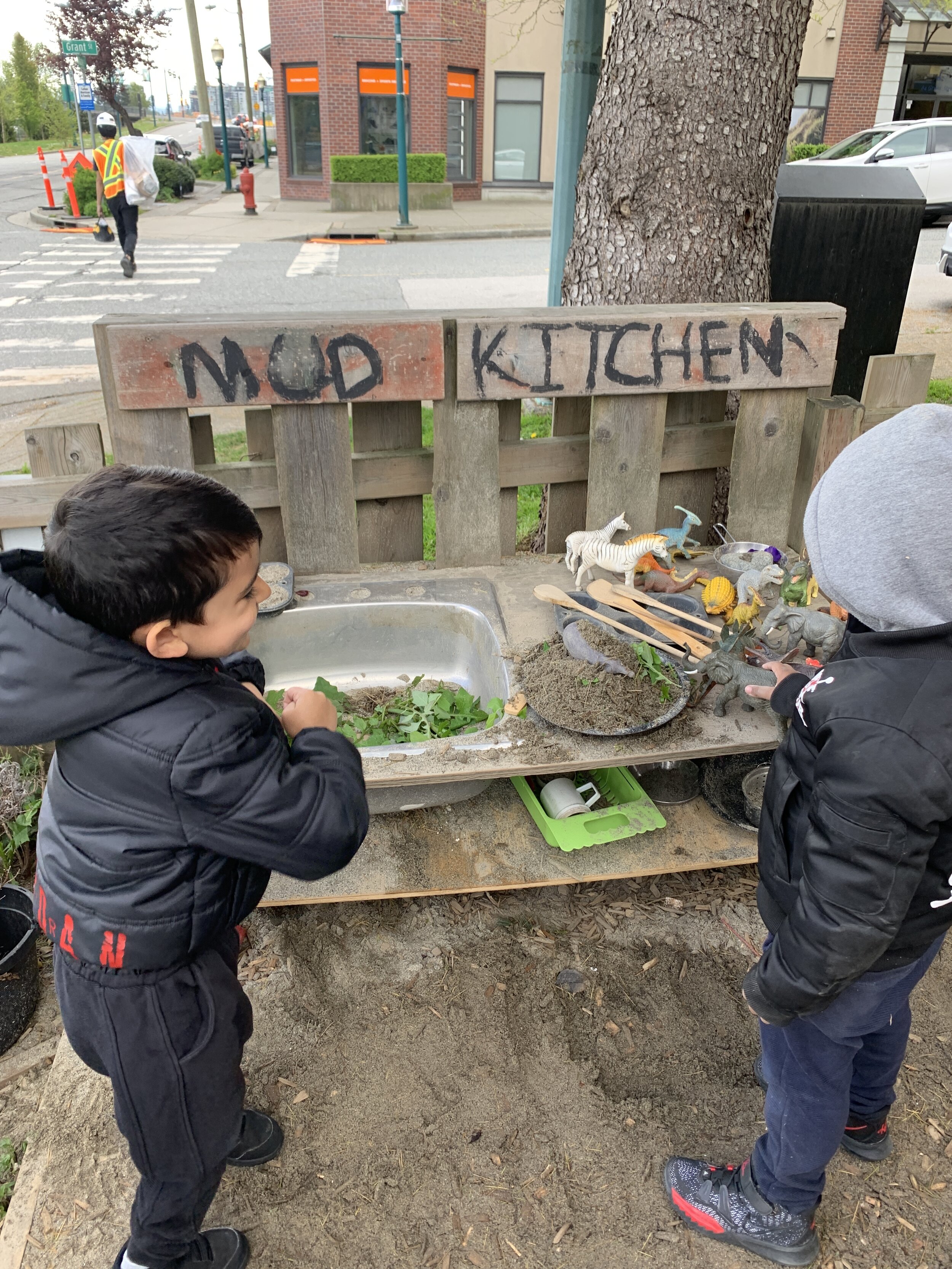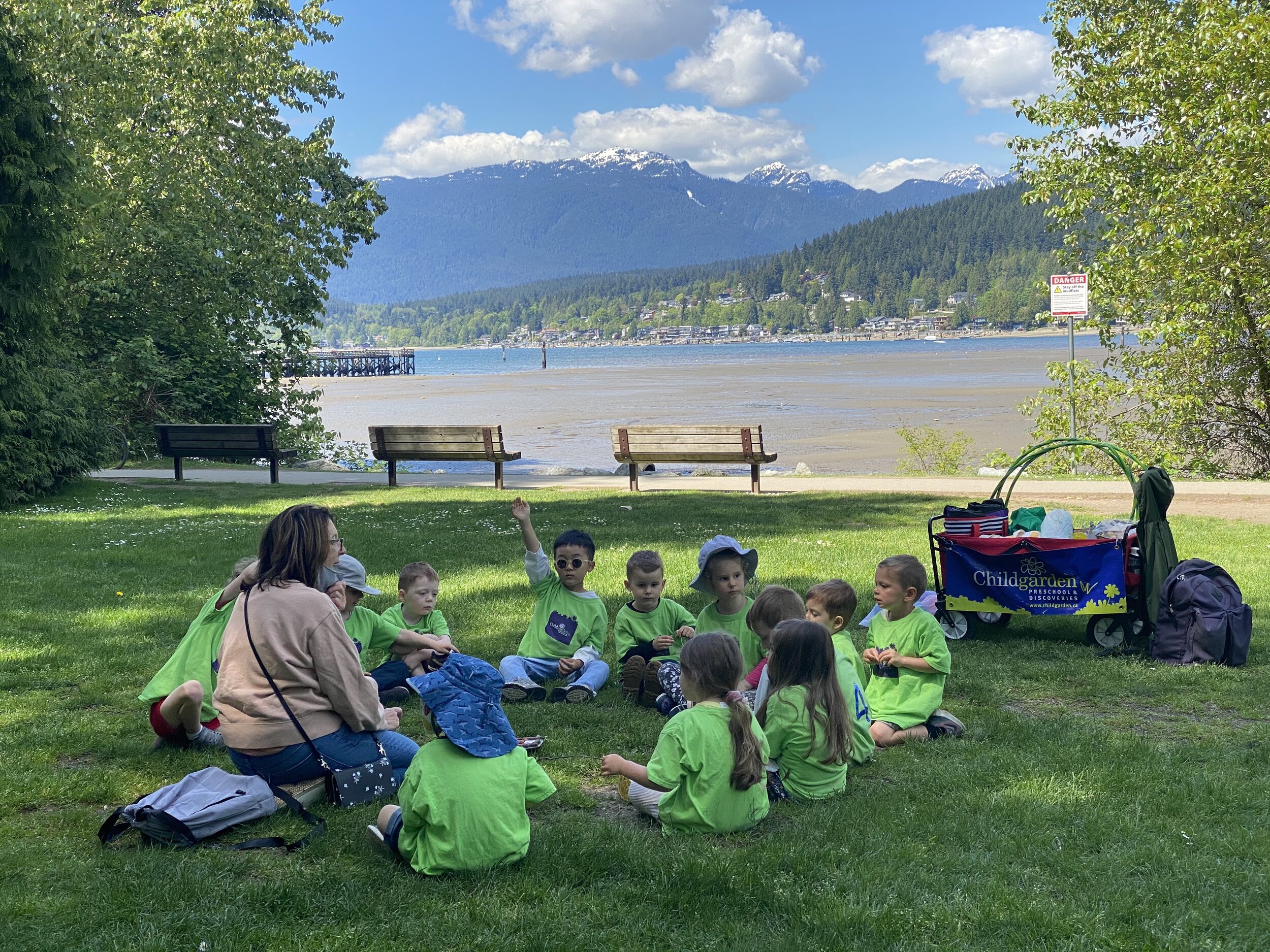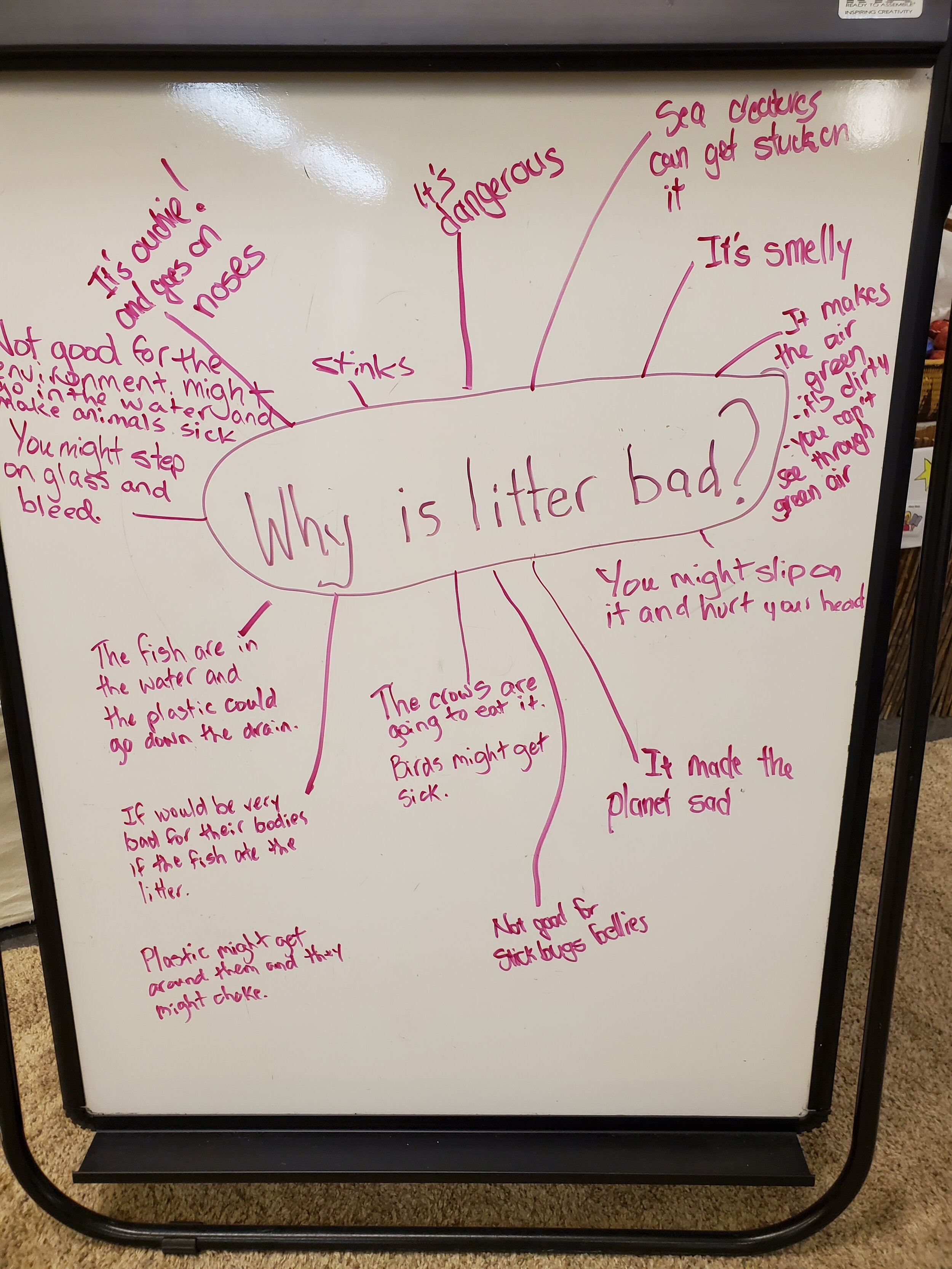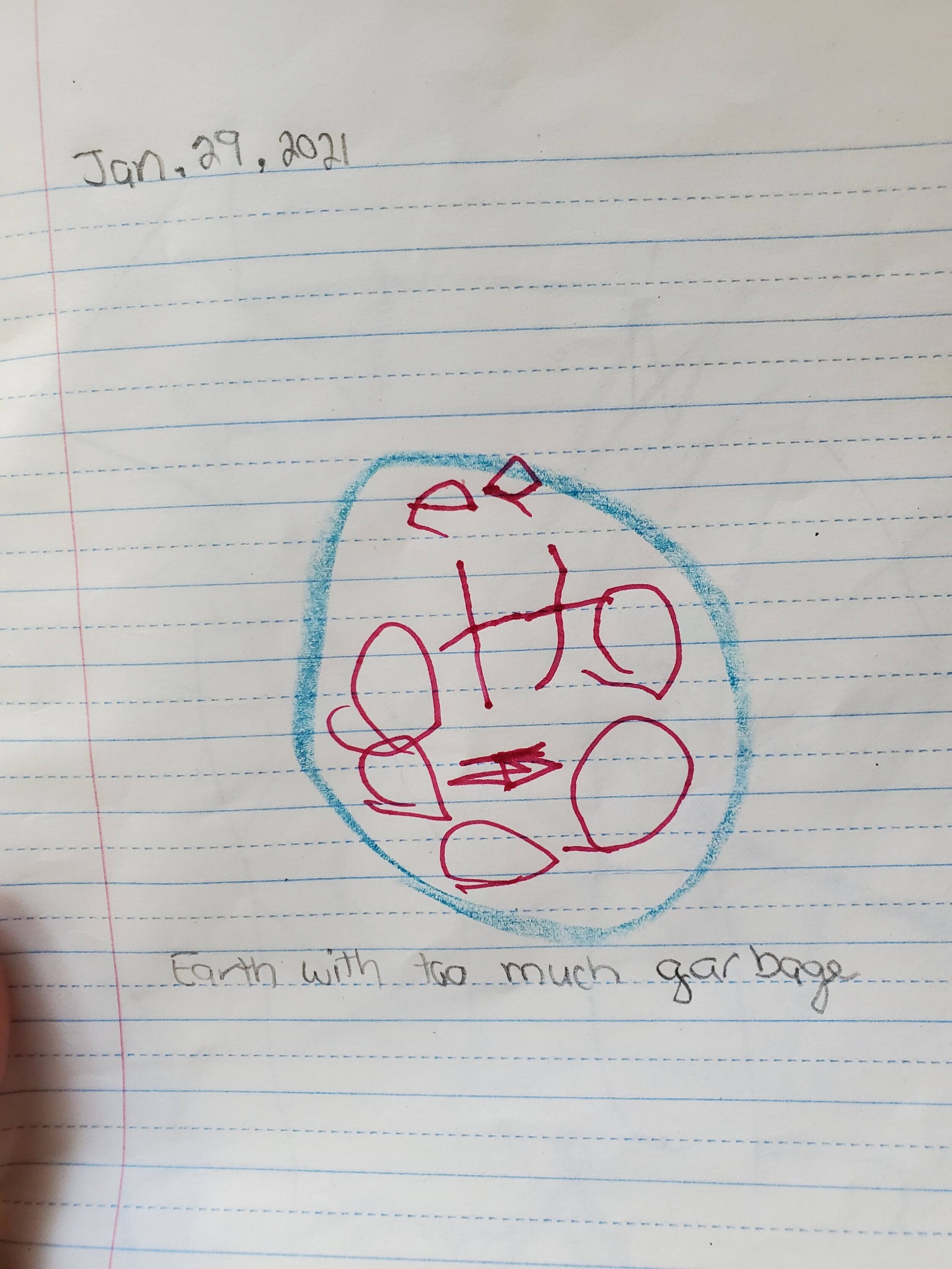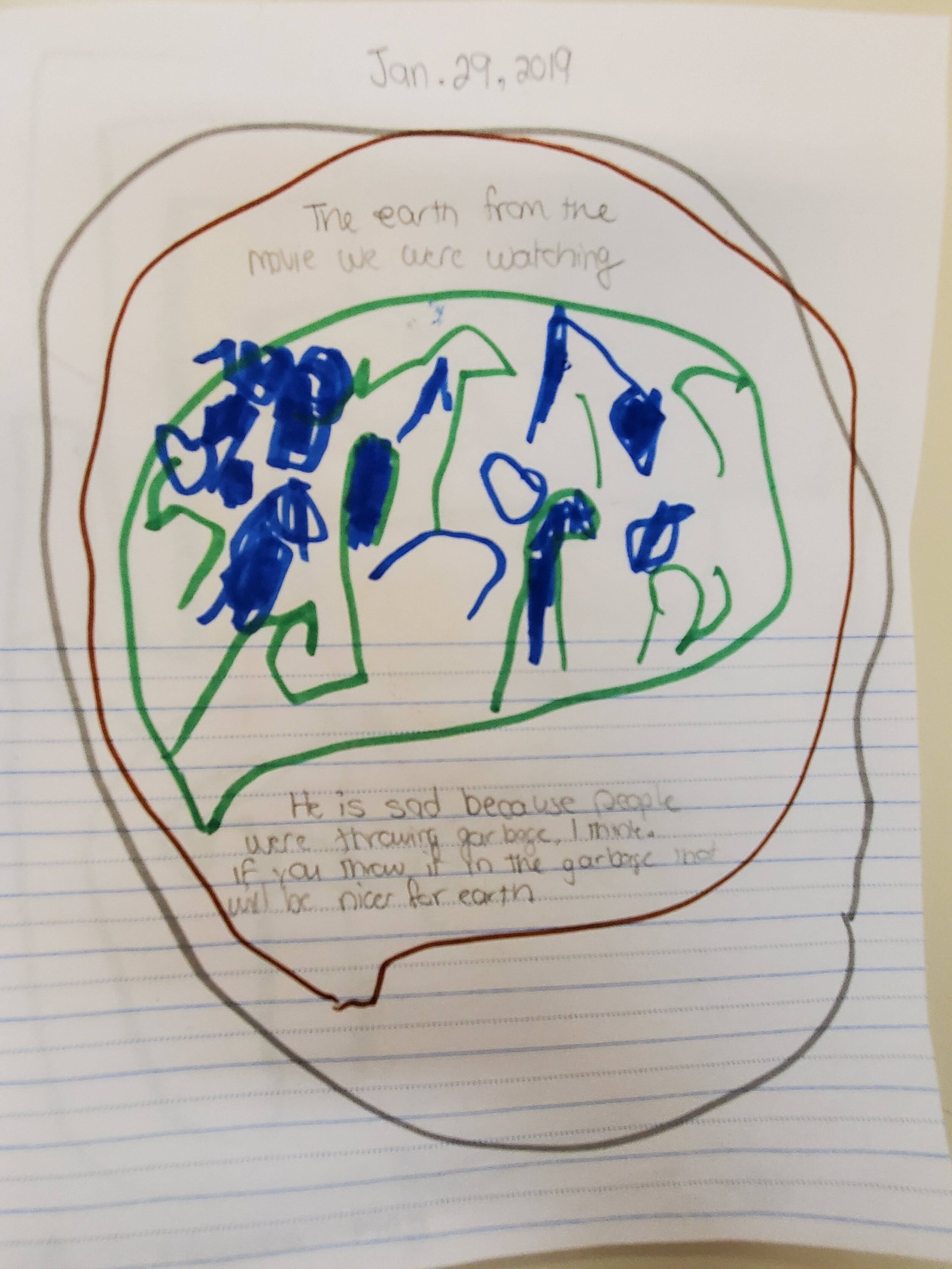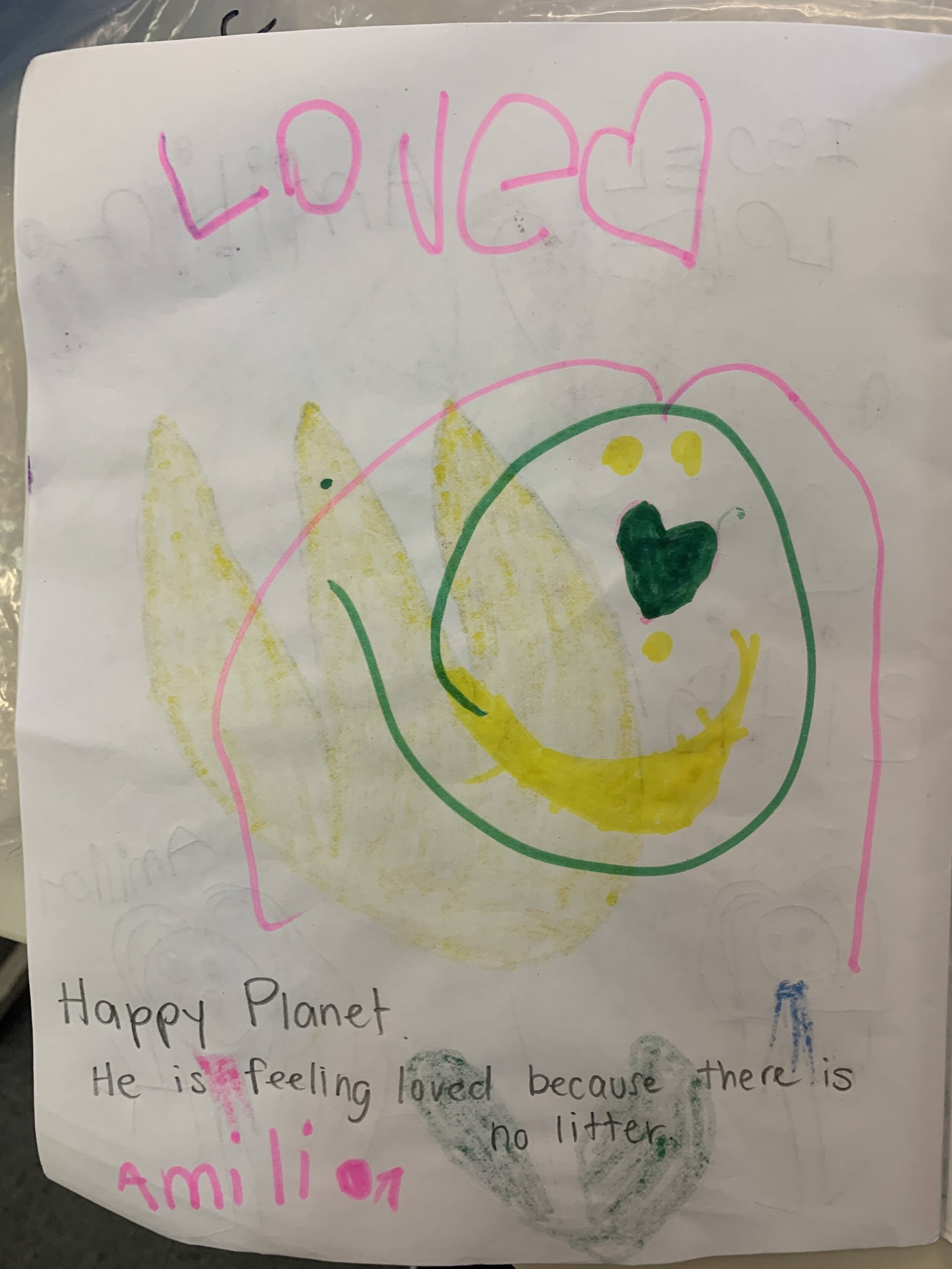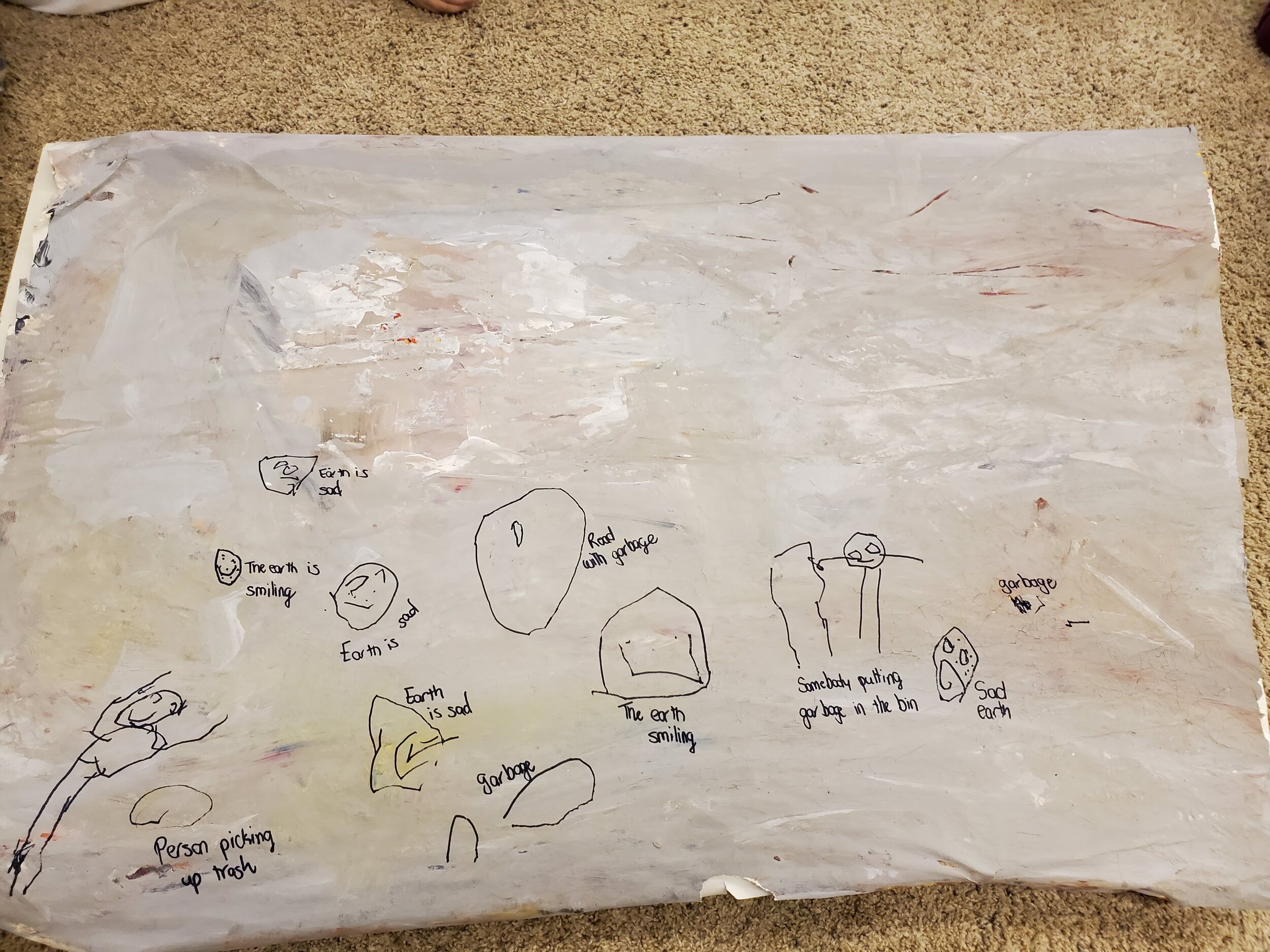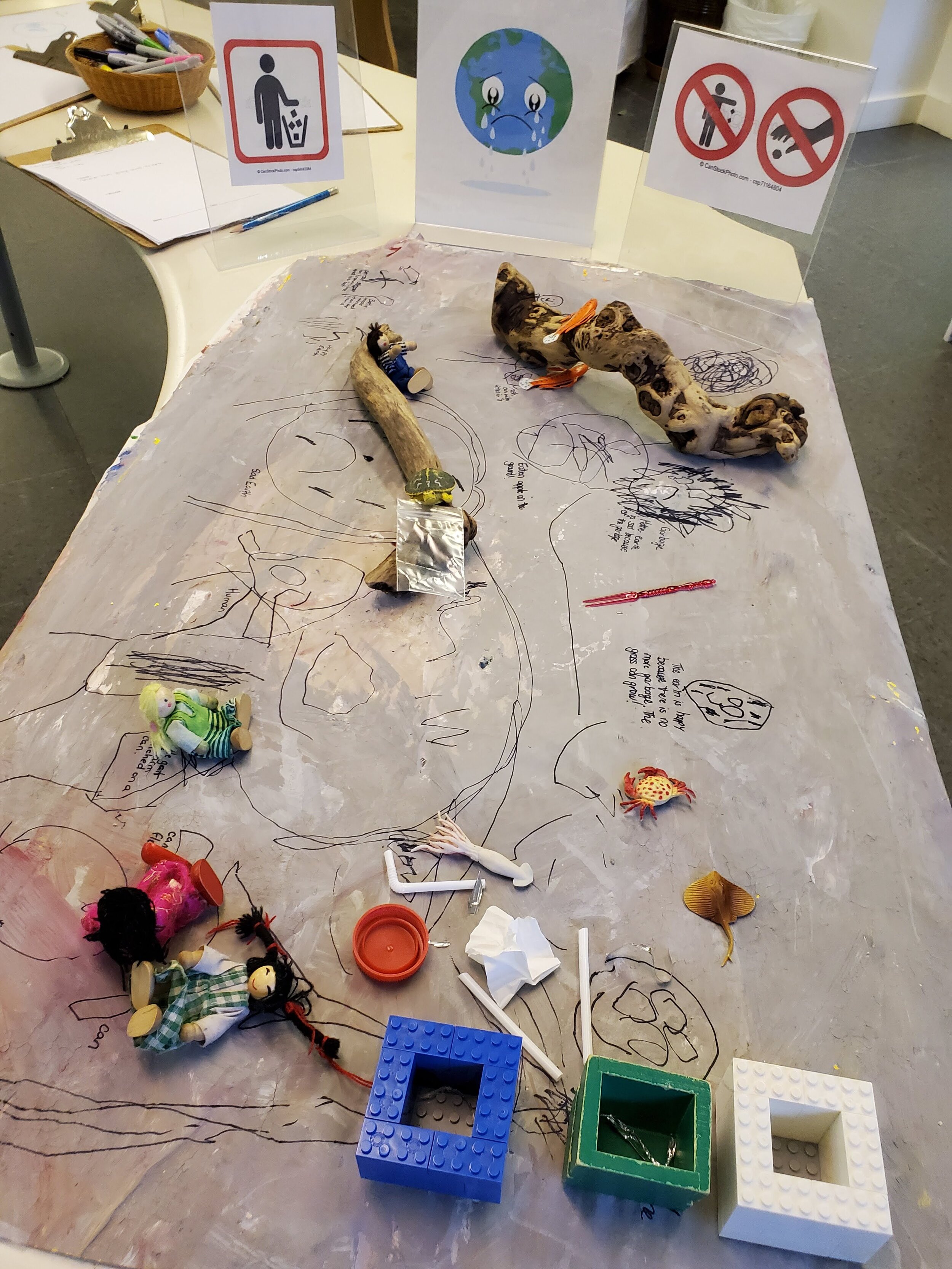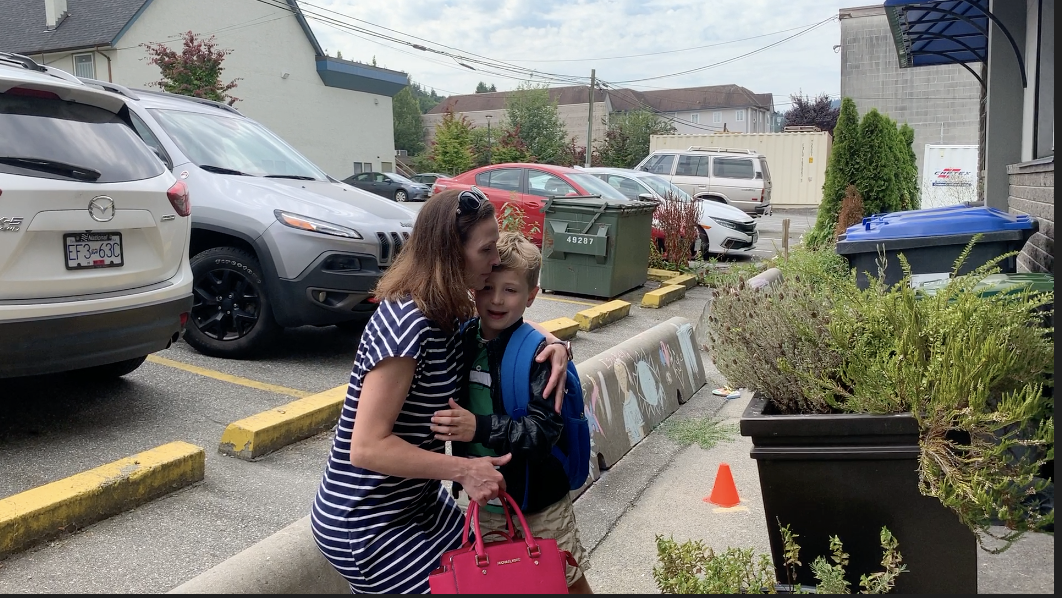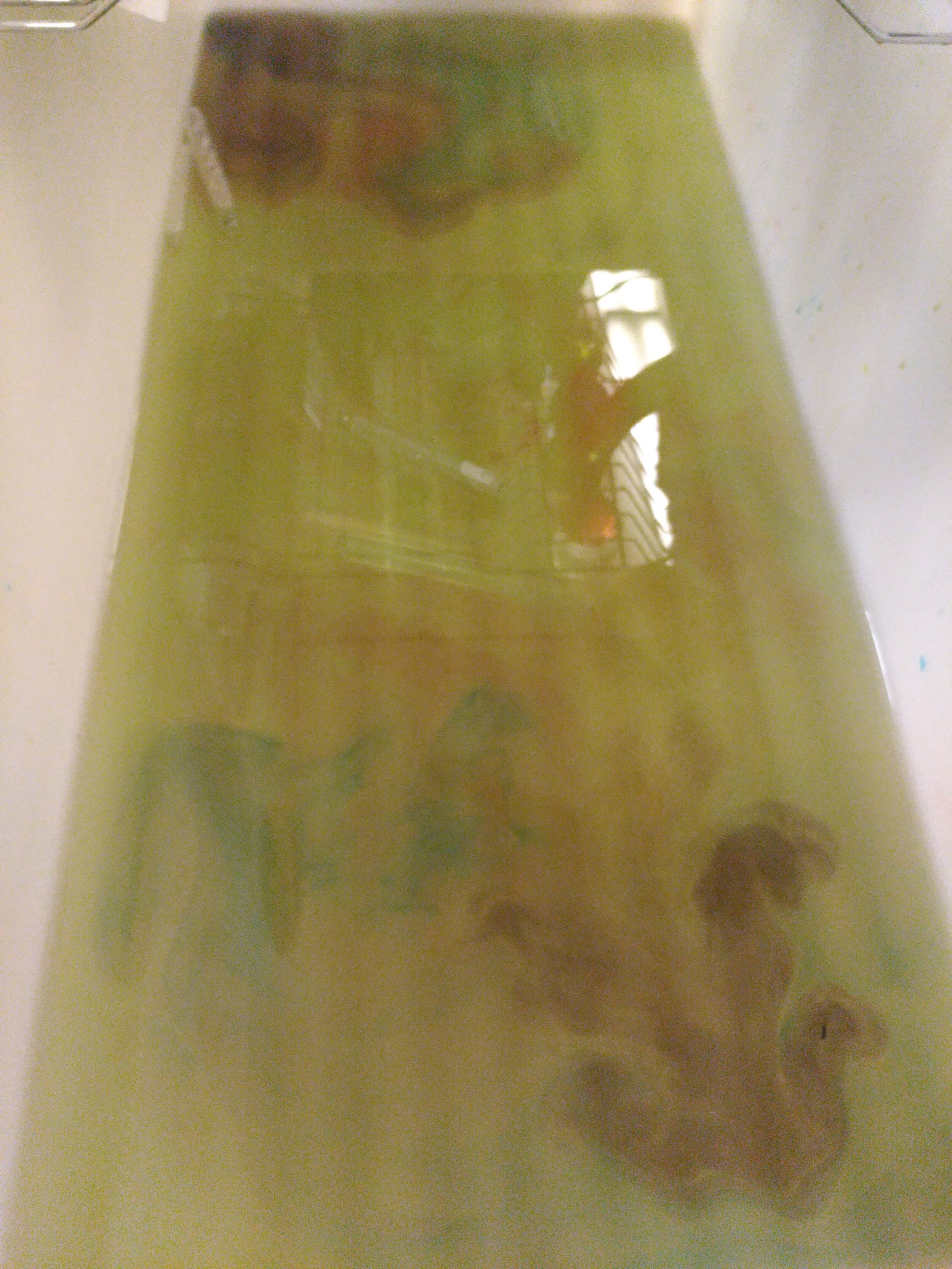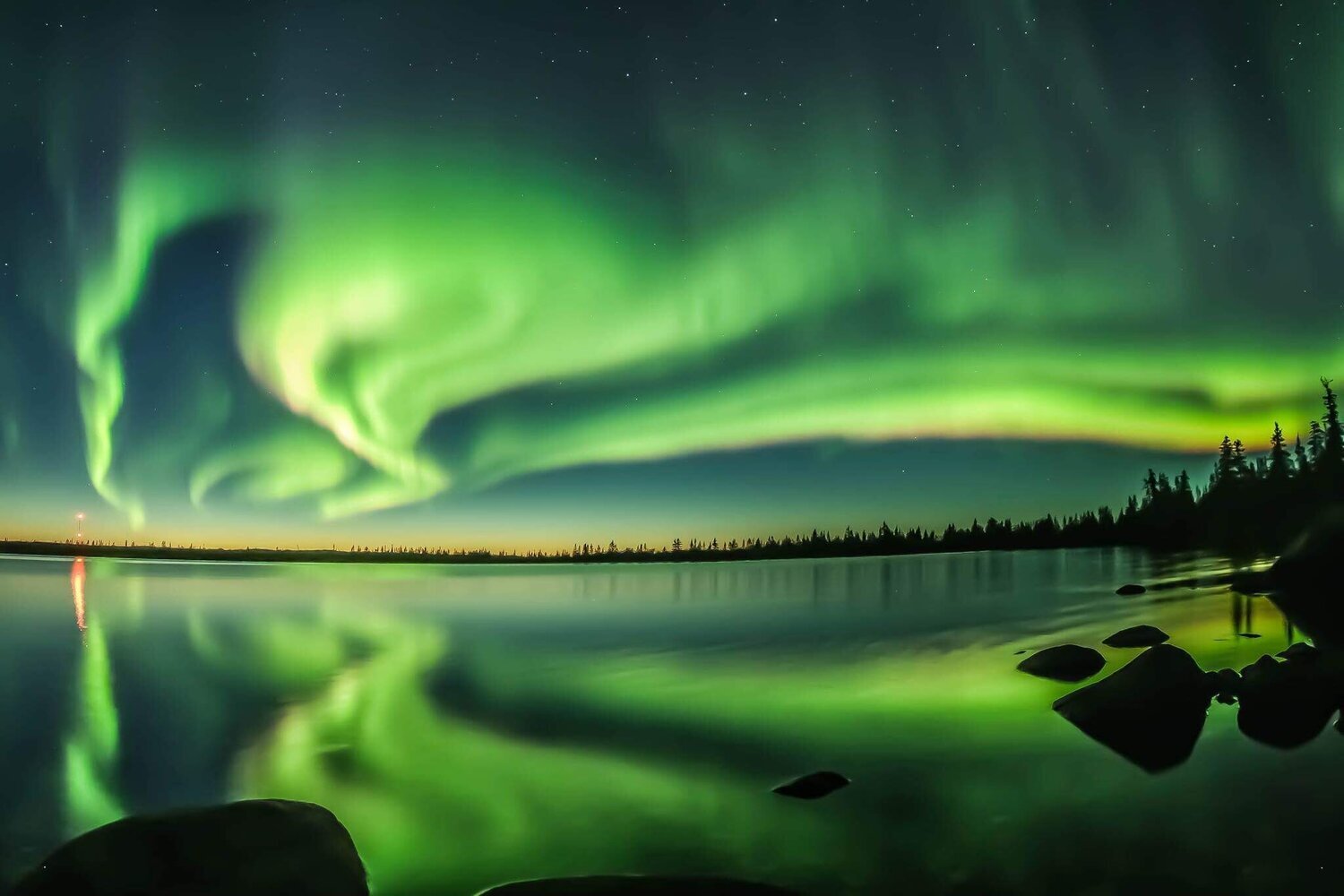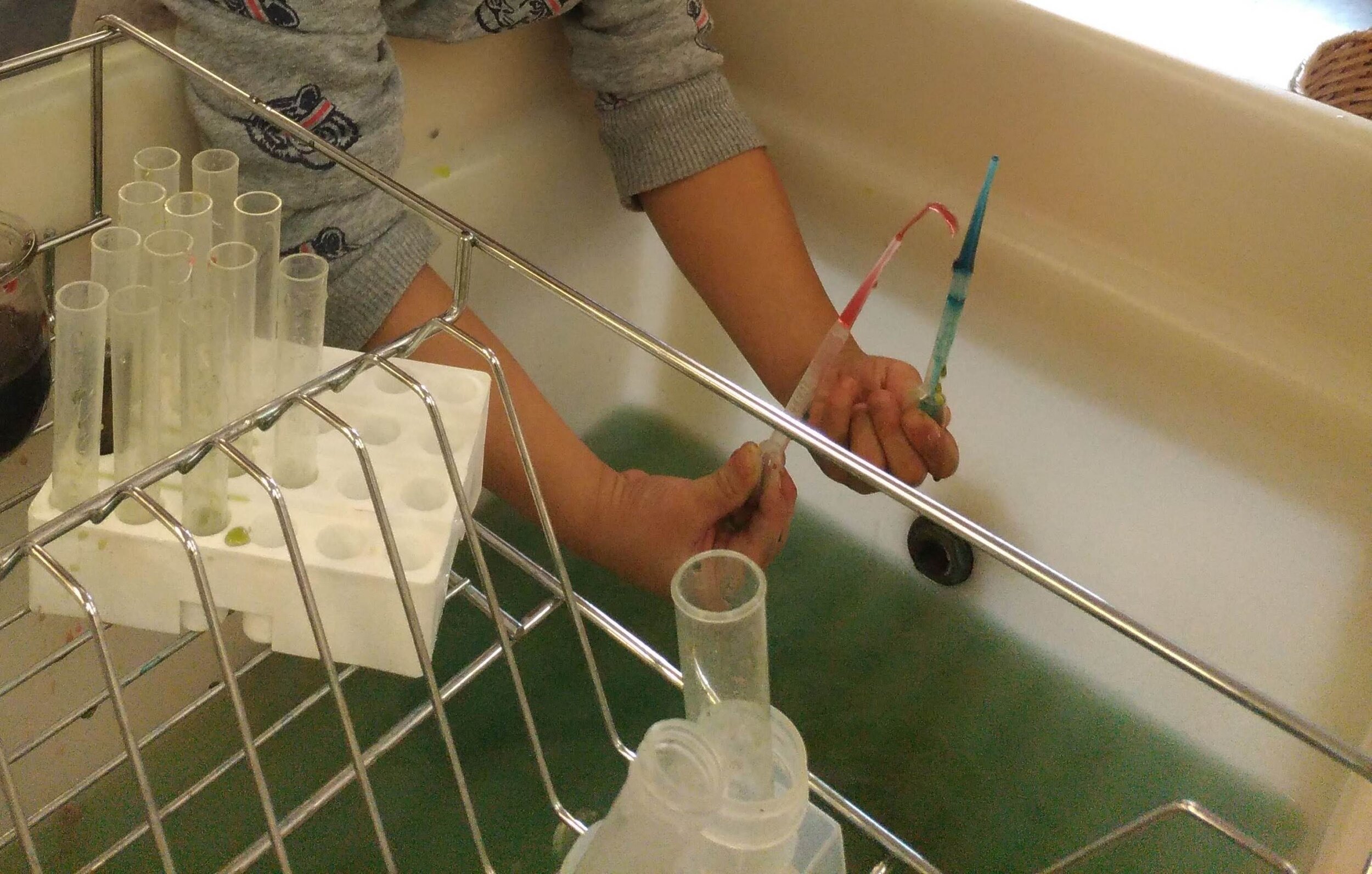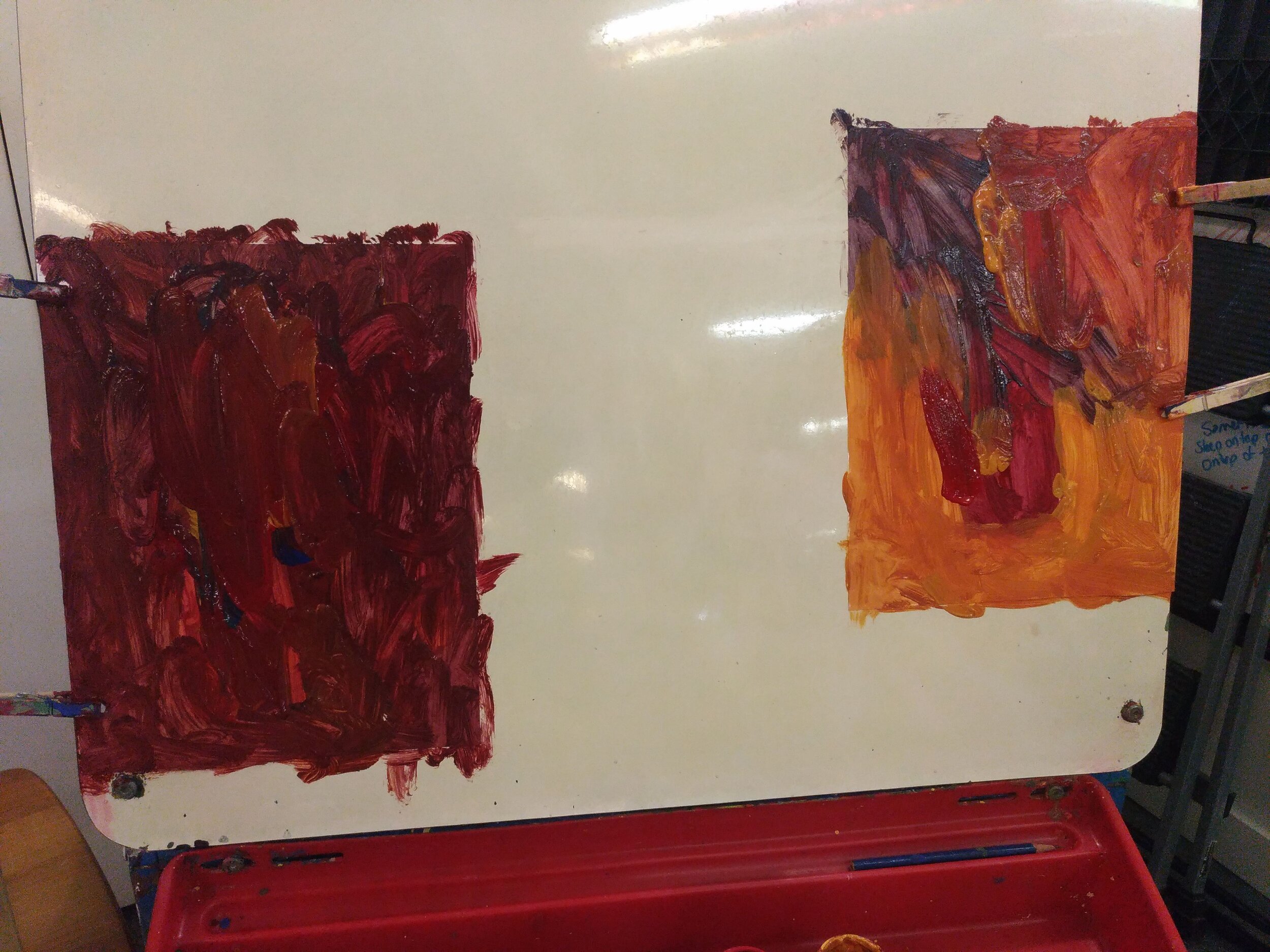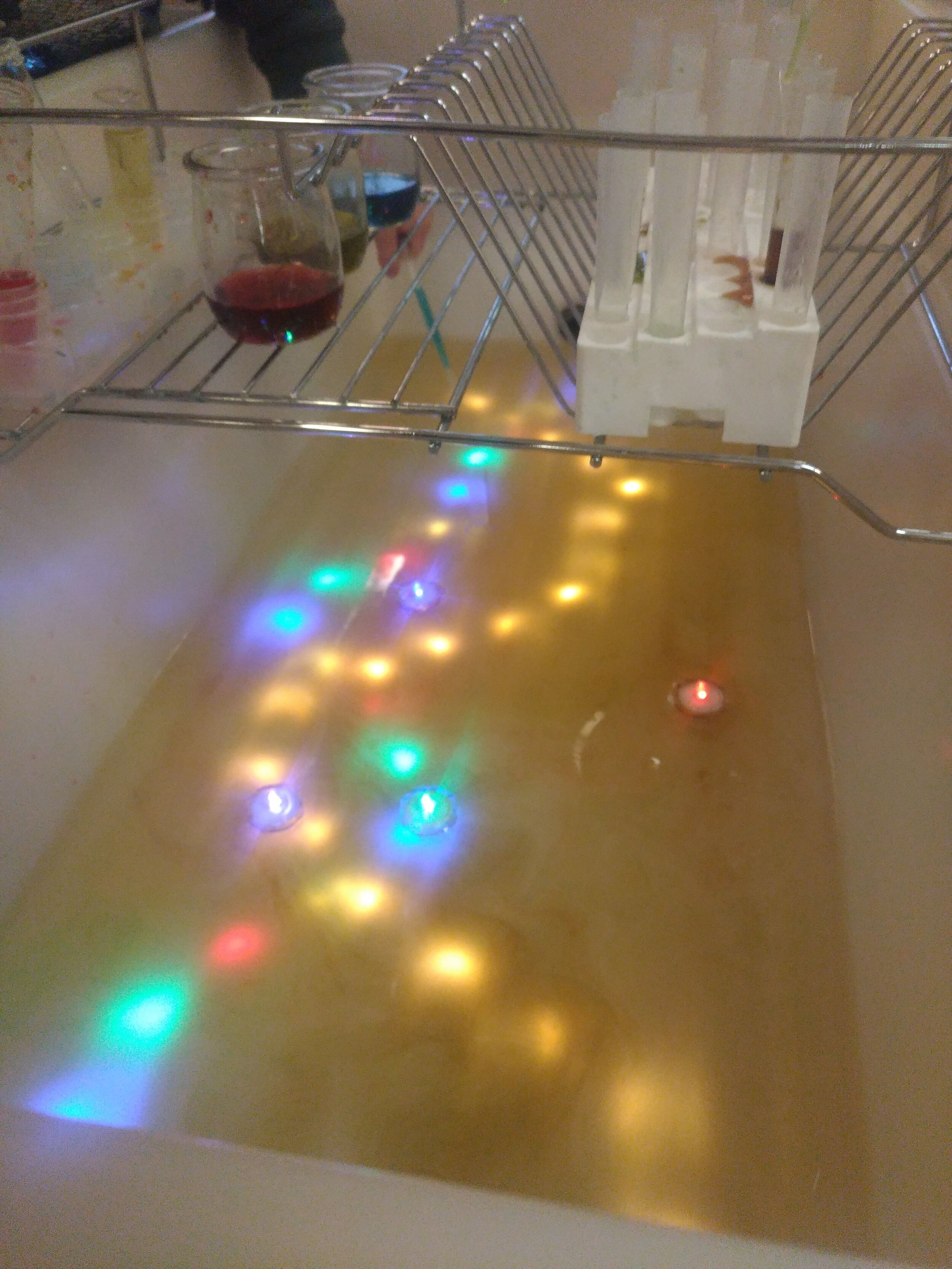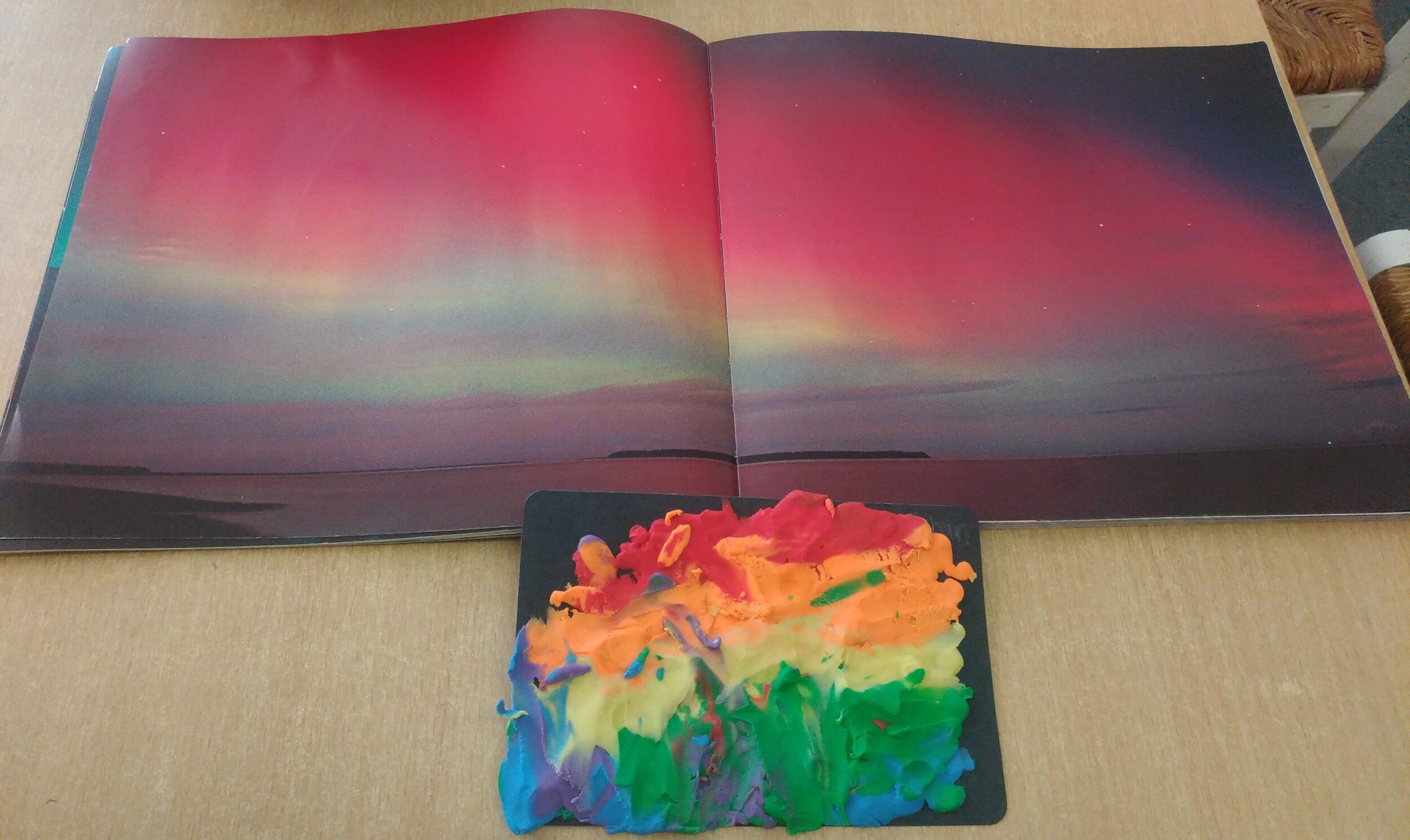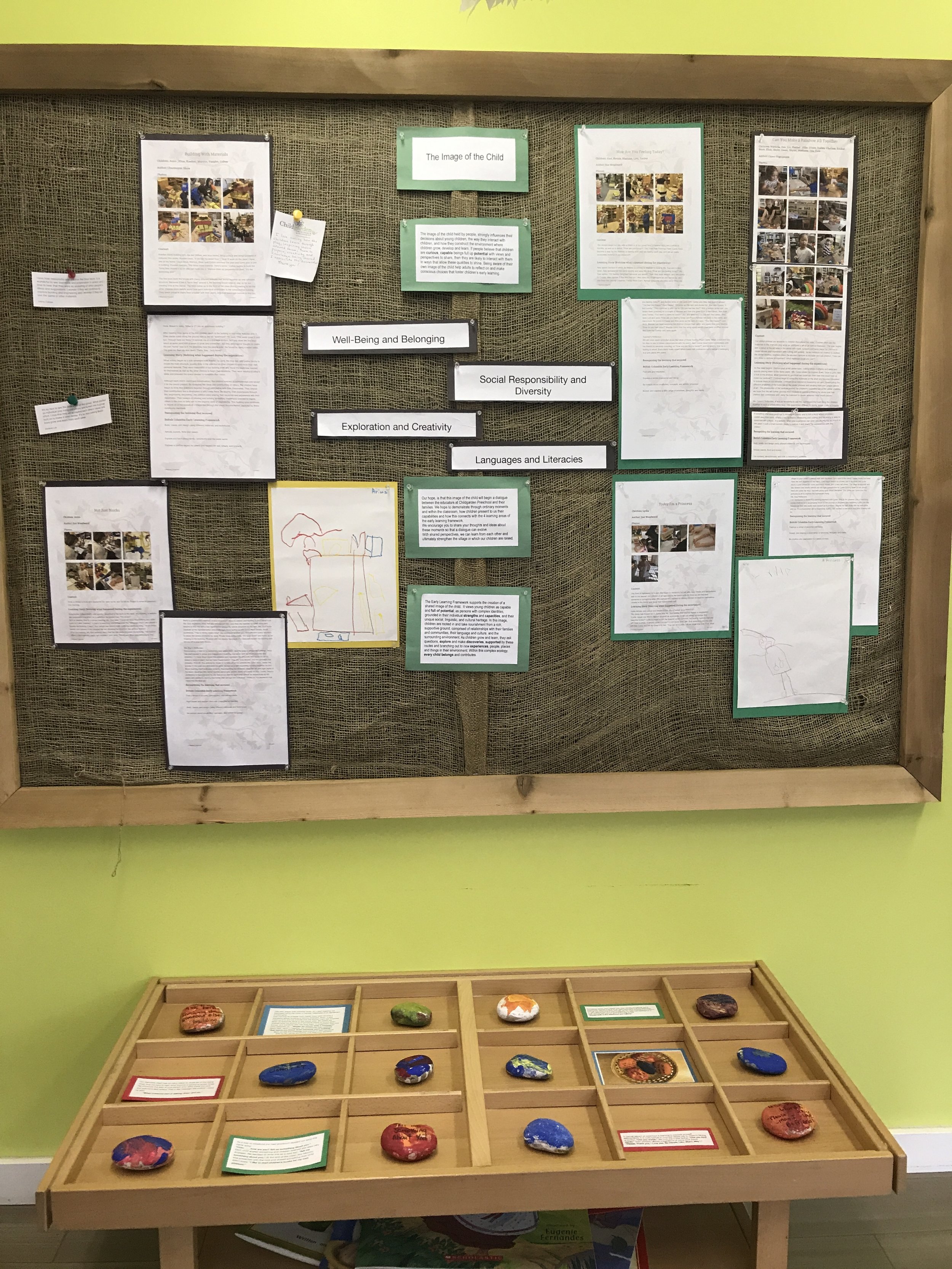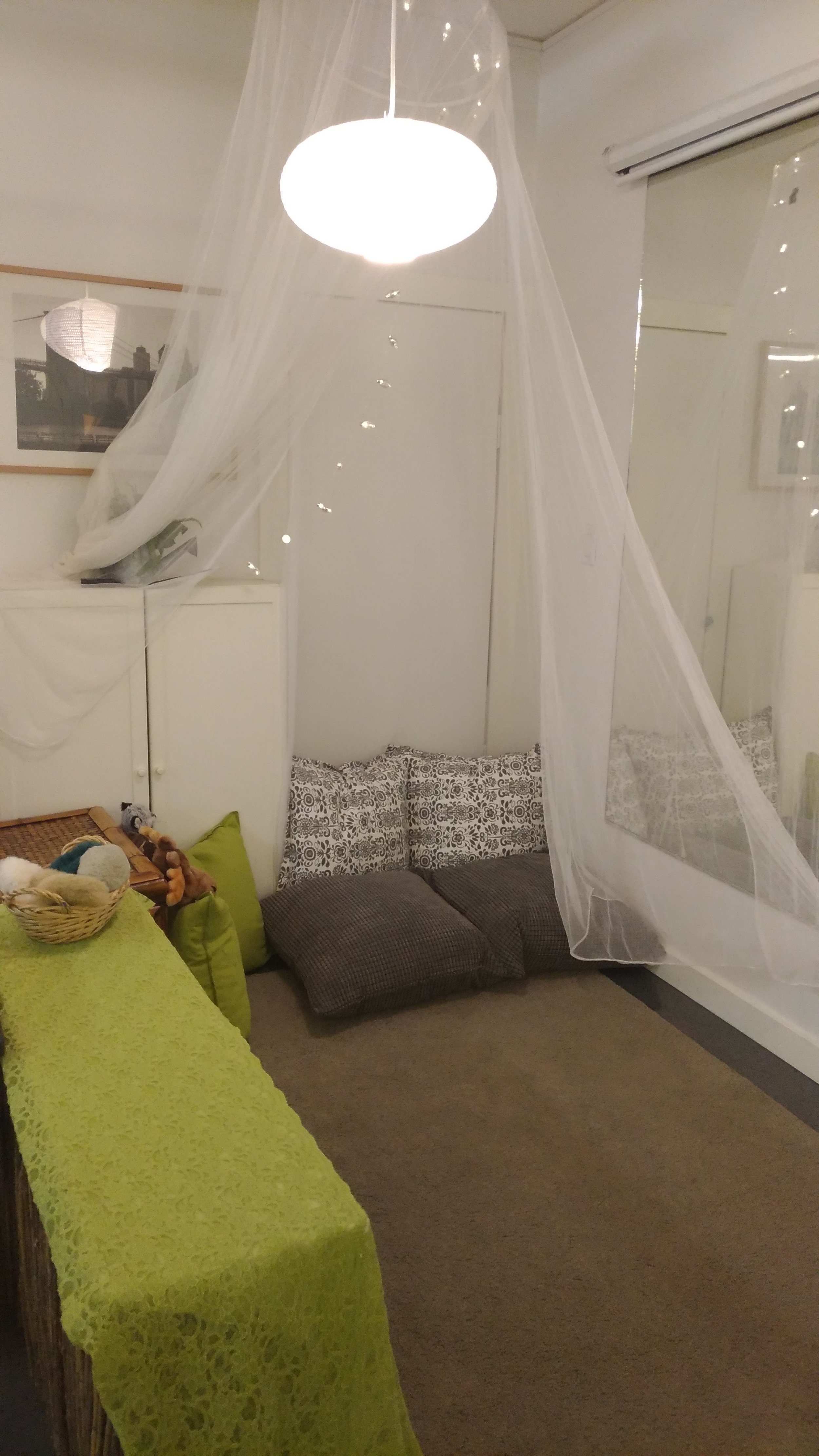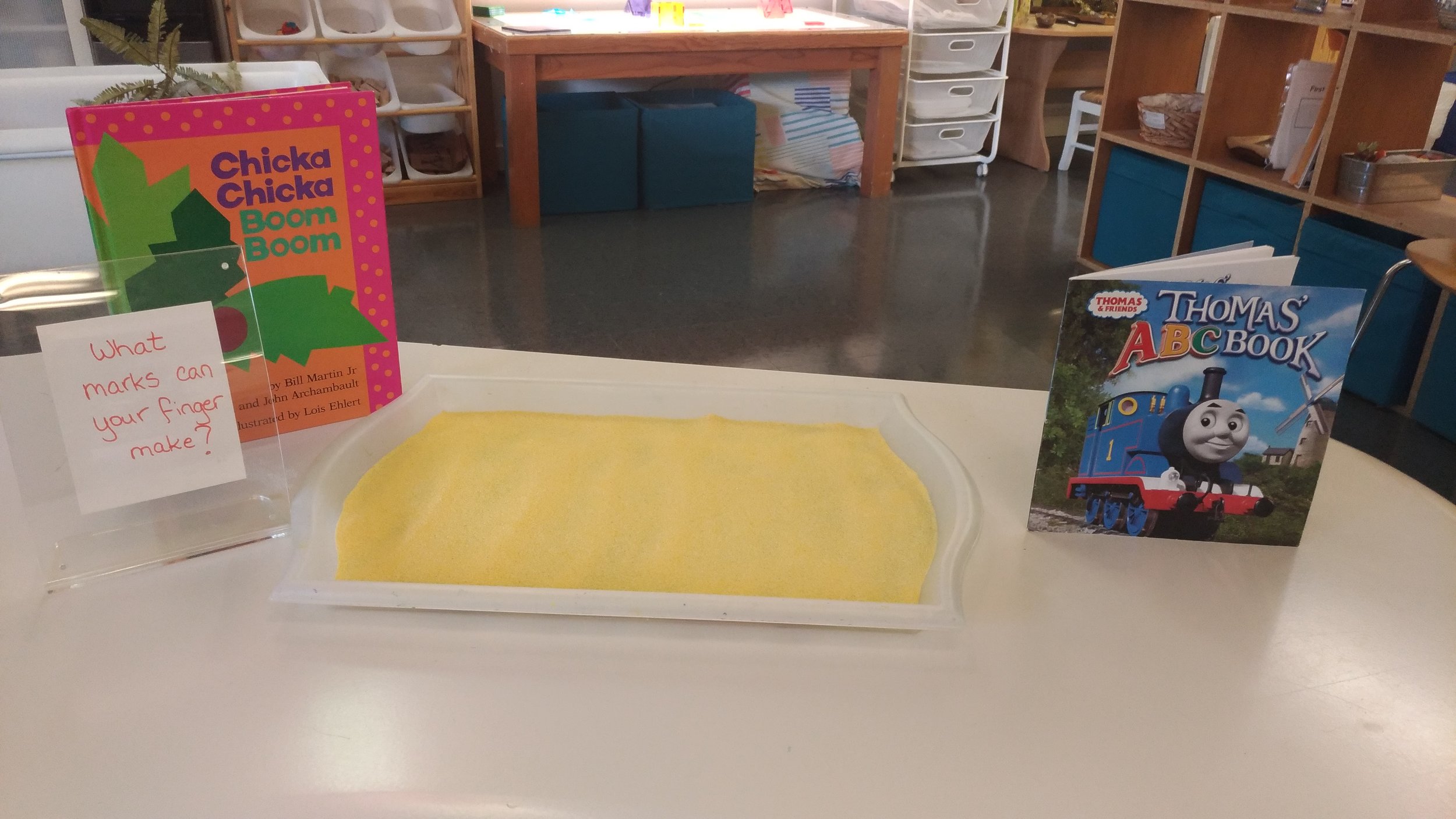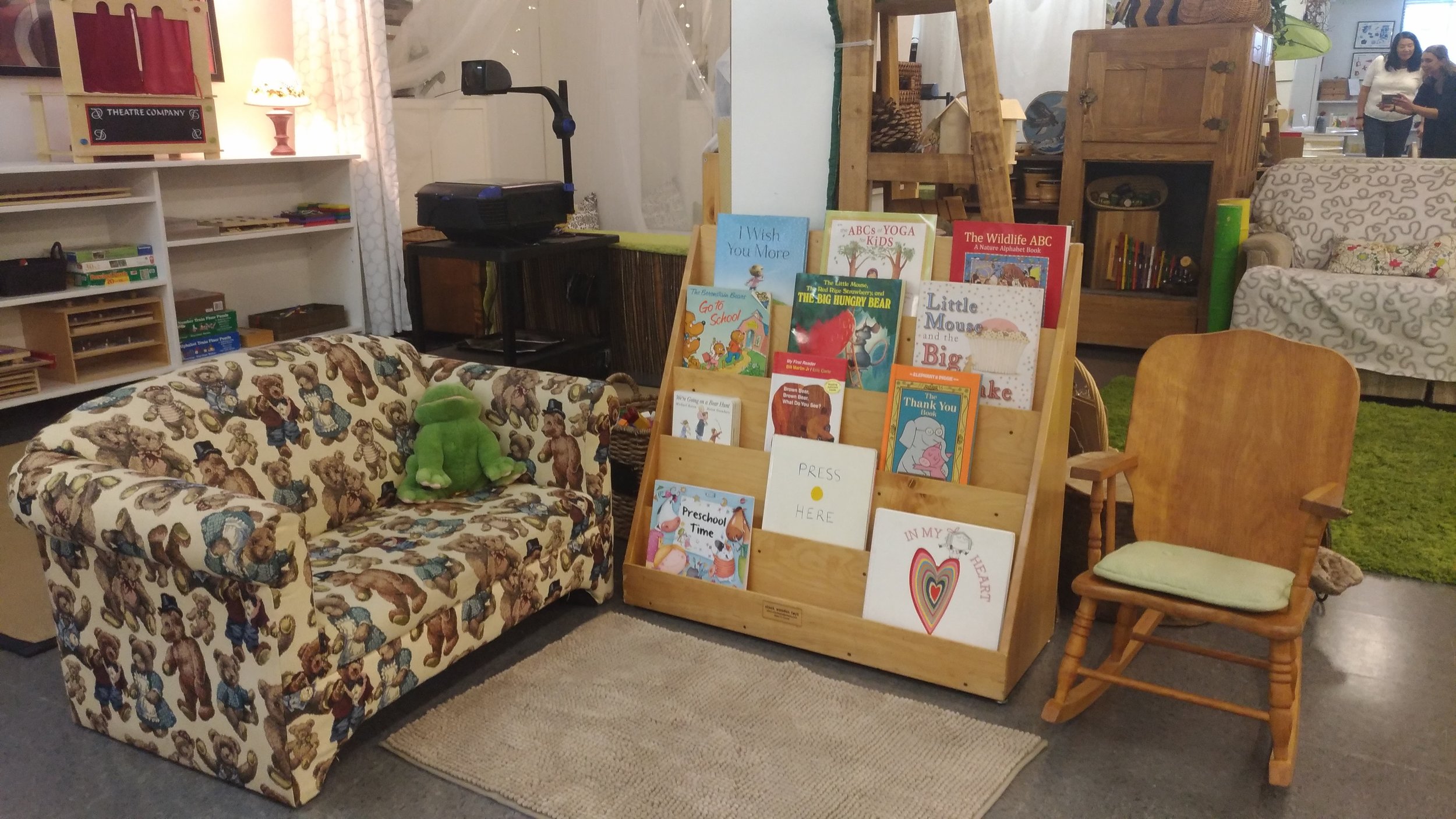Do we really need a reason to spend more time outdoors with children? Running preschool through the Covid-19 Pandemic forced us to adapt to some new protocols and procedures in our routines. Although our program has always valued building relationship and connections between children and nature, we have never had so many outdoor days as this 2020/2021 year. Why? We wondered, how can we validate the deep connection children are creating with nature, the multitude of skills they are building and all the learning that happens outdoors? We know we do not need to be inside the preschool facility for this. The extended time outdoors has caused us to reflect. What value has the amount of time outdoors added to the children’s preschool experience? What impact has this made on our team of educators? How do families value the outdoor experiences we are providing for their children?
This year, we spent as much time outdoors as possible to reduce any chance of transmission of the virus. Data was telling us ventilation was important in reducing transmission, so we took our program outside as much as we felt we could manage. We spent many days enjoying our garden, with the sandbox and mud kitchen, this was also highlighted with watching skytrains, freight trains, motorcycles, garbage trucks, and meeting people walking by, especially those with new puppies. We walked the neighbourhood, building a deeper connection with our community, we picked up litter, cleaned our streets and explored the nearby plaza, with it’s stage and wide open space for chalk art. The time spent outdoors with children and in nature, especially ‘The Magic Forest’ is where the ‘magic’ truly happened through fall, winter and spring.
Families might be wondering, “What is my child learning?” In a program that is play based, inquiry based and emergent, the four walls of an indoor classroom setting is not necessary. Sure, it’s nice when it is very cold, very wet or very hot, for children and educators. It’s also a lovely time to explore the many materials we have that would not be as practical to take with us outdoors. However, we sure pulled lots of materials in our wagon along with us to the forest! Balls, clip boards, paper and pencils, chalk, bubbles, books, outdoor games, parachute, containers for collecting treasure, magnifying glasses, tweezers, and of course, our new friend Foxy. Over the course of the year we visited the pier, spent time on the large grassy area, the covered stage and enjoyed many hours in ‘The Magic Forest’. Let’s look at what happens beneath the play outdoors and how this connects to the five critical domains in a child’s development.
The Value of Play
At Childgarden Preschool, we place the value of play very highly as it is absolutely the most appropriate avenue for young children to develop the domains of social, emotional, physical, cognitive, and language. In ‘The Magic Forest’ we make it our priority to give children the opportunity for play that is uninterrupted and on the children’s agenda, the educators observe, facilitate and provoke curiosity when appropriate. It is a delicate dance to allow them to explore, to problem solve, and to keep them safe, while stepping back to give them space to be free. It’s in this free space that the natural environment and materials stimulate children’s unlimited imaginations.
Social Development
In the Magic Forest, children are singing, talking, making up games and their own rules. There are games of tag, house, looking for fairies and dinosaurs, and searching for Foxy. They hunt for treasures, gifts of nature, or a buried bottle, or the uncovering of old train tracks gives children an opportunity to hypothesize on what is and how it got there. They work on skills such as negotiation, cooperation, and problem-solving. Forts, campfires and homes for Foxy and fairies are built, tea parties are hosted, rides on buses, boats and airplanes (AKA logs) are taken, sometimes, “all around the town” or even to Hawaii! We discovered the bugs that live in the forest, care and concern is evident as the children hunt for these small creatures, gently holding and passing to a friend.
Emotional Development
We observe examples of compassion as children help each other climb a branch, or onto a big rock so their friend can be “The King of the Castle” or offering to find a Roly Poly bug that has just been dropped. Sitting quietly on a log to observe the active play might be what one child needs for a time while another builds a new friendship and discovers a common interest in fairies. Bumping into a peer or tripping over a log generates acts of care and attention, and sometimes noticing that a peer is not included are lessons for kindness. Opportunities for children to be mindful of each other are plenty and are facilitated by the educators, however, usually the children know how to make it right. Building safe relationships for young children may well be one of the most important aspects for parents and caregivers, and ‘The Magic Forest’ offered many opportunities for this.
Physical Development
These kiddos are climbing trees, branches, big stumps and large rocks. They run up and down hills that are riddled with roots, around trees and ducking under low hanging branches. The children use team work to move and carry logs and big branches while some children balance on rocks and logs. We catch and kick balls and chase bubbles but also have moments to work on fine motor control like drawing, painting, or using tweezers to pick up small treasures and then perhaps creating beautiful Mandelas with collected natural materials.
Language Development
Collaborative storytelling is one of our favourite activities and finding treasure in the forest acted as wonderful prompts for an imaginative story. Songs and silly rhymes, lots of conversations about how, why and when, occur throughout our day. Reading a book for one or two or the whole group happens everyday. The educators facilitate conversations between peers and sometimes interpret what a friend is trying to say. It’s common for us to begin with “I wonder”… and listen to the children’s ideas and theories.
Cognitive Development
“Cognitive development involves how children think, explore, and figure things out. It refers to things such as memory, and the ability to learn new information. This domain includes the development of knowledge and skills in math, science, social studies, and creative arts.” (https://www.childtime.com/blog/2019/04/developmental-domain-series-cognitive-domain/) The Magic Forest is rich with play that develops this domain, whether it is counting rocks or sticks, laying them in a pattern from smallest to largest, observing the changing seasons and the loss of leaves in the fall or new growth in the spring. In the forest the kiddos are beginning to identify species of birds, and types of plants and berries, and we are grateful for the app iNaturalist that help us identify the flora and fauna, because, yes, we are learning alongside the children too! We’ve come across a dead bird, which prompted lots of interesting conversation, and at the pier we’ve watched seals play and stumbled across a whole lot of washed up sea worms! We are delighted to witness the growing goslings on our walks and chat about the information signs placed throughout Rocky Point Park. Building connections between place, space and people are immensely important for young children. One of the connections we love is with Noons Creek Fish Hatchery. Each time we visit we always learn something new from the host Dave Bennie; whether it is releasing the salmon fry, or looking for herons in the trees, our time spent there is rich with learning. Each time we visit, we all build a greater sense of connection to the Port Moody Inlet, Rocky Point Park and all the wonders of nature these places hold.
What Does This All Mean?
Our school year began with adjusting to the new routines due to Covid-19 and everyone from the preschoolers, their families and our staff adapted amazingly well! Embracing the great outdoors certainly eased the stress of the Pandemic and provided the children the opportunity to build relationships with peers, teachers and nature and so importantly, be free and experience the joy of childhood!
Our emerging interests last fall began with a focus towards nature and our first big project; Animals That Live in The Dirt. This interest has woven its way through the year and as we approach the end of the 2020/2021 school year, we look back at all the inquiries and discoveries. We concluded our investigations with a field trip to Burnaby Lake for a program called Tiny Transformers, where the park experts led us through a deep exploration on the bugs and insects we have come to appreciate. As a way to celebrate this unforgettable year, we enjoyed a trip to Old Orchard Park where we played on the shoreline and beach, finding crabs and shells, chasing bubbles and splashing in the water.
We think it’s fair to say that the preschoolers have benefited immensely with the amount of time we spent outdoors this year! So much learning took place beneath the play! The values we hold at Childgarden are reflected not just at the preschool, but outdoors as well. Our beliefs are reflected in B.C.’s Early Learning Framework that sees the “image of the child as capable and full of potential…Children can experiment, investigate and inquire in ways that are relevant and meaningful to them. They are provided with opportunities to enrich and deepen their relationships with place, land and community. Within the context of their individual and cultural identities children are listen to and valued for their ideas and knowledge”.(2019)
In Richard Louv’s book, Last Child in the Woods, he states, “Staying close to nature improves physical, mental, and spiritual well-being. Direct exposure to nature is essential for physical and emotional health” (Louv, 2008). The educators and families at Childgarden seem to embrace this, this year more than ever.
Our hopes for the preschoolers are simple. We hope that children have learned to make friends and build relationships, be kind and respectful to each other and nature and are curious and ask questions. Finally, we hope they remember this year as one that they also made friends with The Great Outdoors!
Sue’s Reflection:
I feel privileged to have spent such extended periods of time this year in nature exploring and investigating through play and witness the joy and excitement in the kiddos as they made friends with Foxy or left gifts of berries and sea shells at the doorway of fairy homes. The freedom that being in nature offered, lifted everyone’s spirits. I feel blessed to have this incredible outdoor environment so close to the preschool and I’m confident these children have built meaningful memories, I know have.
Caren’s Reflection:
This was an amazing year of our community coming together to take on an adventure like no other. We faced some of our toughest experiences, but being in nature gave us freedom, healing and calmness to move together through a very uncertain time. I am grateful for our amazing community and memorable times spent in the great outdoors, truly a year that will never be forgotten.
Nancy’s Reflection:
Throughout the year I felt safe and comfortable outdoors. The time outdoors made the “virus” go away for the time being. Seeing the children free to play, learn and grow warmed my heart.
Miranda’s Reflection:
This has been a year of change and new discoveries of how to navigate teaching during a pandemic. We have embraced the outdoors with open arms and have used it as a co-teacher. The outdoors has been a place where myself and many others feel most comfortable. Our many outings has allowed us to create a deeper connection with the community and the people within it. I’m thankful to work at such a great place that has adapted to teaching in the great outdoors.

